Peonies: planting and care. Instructions on how to grow from a seedling, 110 photos of beautiful flowers
Rod Peony of the Peony family. Occasionally in the literature the spelling “peon” is found, which is also correct. The genus received its name from the name of the healer of the Greek gods Peon. According to legend, Peon treated Ares, the war god who was wounded by Hercules, an insidious and treacherous deity, a great lover of bloody battles. He was obviously treating very successfully, which caused burning envy from his mentor, the god of healing Asclepius.
The teacher intended to poison a talented student, but Peon accidentally found out about Asclepius' plans and turned to the Greek gods with a prayer for salvation. The gods took pity on the doctor, and turned him into a beautiful peony flower.
For many centuries, plants of this group were used only as medicinal. The ancient Romans, who firmly believed in the ability of the plant to heal from any ailment, had a special passion for the flower: not a single warrior went on a campaign without a peony root in his bosom.
Tincture from seeds soaked in wine was believed to be able to relieve nightmares. An alcohol extract from the roots was used for diseases of the stomach, liver, and kidneys. The British believed that a peony bush planted at the front door drives away evil spirits from the house.
A more practical application for this plant was found in Russia: paint for paper and fabrics was made from Caucasian peony. Peony was also used in cooking: seeds were used as seasoning for meat dishes, and boiled roots were eaten along with vegetables.
In China, peonies have known and loved since time immemorial. By the middle of the XVI century. in China there were already more than 30 varieties listed in special catalogs. They were very expensive, and some were literally worth their weight in gold. It was from China that the peonies began their triumphal march through other countries and continents.
Grassy peonies came to America only in 1850, and it took enterprising Americans only 13 years to officially recognize the indisputable advantages of peony flowers (1903 - the American Society of Pioneers, which still exists), was created.
In Russia in the XVII century. peonies were considered more as a medicinal plant, and were grown in pharmacies' gardens.
Botanical characteristic
Herbaceous perennial, rarely shrub, in the wild, growing exclusively in the Northern Hemisphere: 45 species in Asia and Europe, 2 in western North America. In Russia, out of 15 species, 9 live in the Caucasus, the rest come from the Far East and Siberia.
The bush is multi-stemmed, depending on the variety, the stems are simple or branched, 30 to 100 cm high. The stem ends with a flower. In autumn, the aboveground part of the bush dies. Powerful rhizomes with renewal buds remain in the winter. Leaves of complex structure, various shapes in species peonies. Large green or bluish tint. The location on the stem is another.
The flowers are large and very large, up to 20 cm in diameter; in wild and non-double varieties, simple with fully developed stamens, and complex in semi-double and double flowers with partially or fully modified stamens.
Peony fruit with large black or red seeds is very effective, can be used as a natural floral material along with flowers.
Classification and Grades
Most of the cultivated peony varieties come from the species of milky-flowered peony (Paeonia lactiflora) - 70%, from crossing it with other species, mainly with medicinal peony - 30%, and directly the form of medicinal peony (Paeonia officinalis) - less than 1% of officially registered varieties.
A remarkable Far Eastern species - milk-flowered peony, in vivo also grows in Transbaikalia, Mongolia, China, Japan, Korea. The varieties obtained from it are characterized by high winter hardiness. The view is beautiful in itself: pure white simple flowers with a diameter of 8-10 cm, with golden stamens.
Less resistant to low temperatures are varieties descended from the peony officinalis, whose homeland is the warm land - France, Switzerland, Northern Italy.
Garden classification of peonies is based on the structure of the flower, but it is difficult to determine the peony variety from the photo. There is also a division of varieties into groups according to the height of the bush and the timing of flowering.
There are no fewer than 10 thousand varieties of peonies in the world, although officially registered are much less - about 4.5 thousand. Many varieties were created at the end or even in the middle of the 19th century, still have not lost their popularity and today are as beautiful as one and a half centuries ago!
One can with great certainty be called the most, perhaps, most famous and probably familiar to gardeners around the world, the peony variety is the famous Sarah Bernhardt. Bred in France in 1906 by Lemoine; the purpose is universal, great in cutting. The flower is very large, thick, pink, and although it does not have a pronounced aroma, it is difficult to pass by a flowering bush without stopping to admire its beauty - truly “Divine Sarah”.
Another popular peony variety with the no less “speaking” name Scarlett O’Hara was created in the USA in 1956. The flower is simple, the petals are blood red or flamingo-pink in color, with many contrasting yellow stamens. It features indestructible health and a strong, high bush. The peculiarity of the variety is to cut the flower before the buds have not yet opened.
Huge pearly white flowers from a peony of the Duchess de Nemour peony variety (Mrs. Gwin Lewis) - a classic of the genre and a sales leader in the Netherlands. Bred in France in 1856. To this day, it pleases flower growers all over the world with the strength and power of a bush, equally magnificent in open ground and cut.
A tree-like or semi-shrubby peony (Paeonia suffruticosa), whose homeland is China, is a very special and unique representative of the genus. The plant has a hybrid origin. In total there are about 500 varieties in the world, most of them are Chinese:
- with double flowers - Sino-European
- with semi-double and non-double colors - Japanese
They came to Russia for the first time from the Baltic countries in 1858. There are varieties of peony of tree-like Russian selection: there are not as many as Asian and European ones, but unlike their thermophilic relatives, they are adapted to our difficult climatic conditions.
As a result of crossing the peonies of the yellow tree and grass species, itoh hybrids (ITO hybrids) with large yellow flowers appeared.
These flowers owe their appearance to the breeder Toichi Ito from Japan: he managed to cross two species, which were not considered possible before. The leaves of the new hybrid are the same as that of the tree peony, and the stems are like the grassy peony - the aerial part dies off in the fall.
Planting and care: breaking traditions
Peonies can not be called capricious plants, however, they make high demands on light and soil. If you want to grow a beautiful healthy bush that will delight you with luxurious flowering for many years (and peonies are famous centenarians!), You will have to work hard.
Ideal soil is a well-cultivated loam with a slightly alkaline reaction. Lime must be added to acidic soil.The secret of Dutch floriculturists in planting and caring for peonies in the open ground: aquatic vegetation is extracted into flower beds when cleaning ponds (duckweed with a high content of lime is especially good fertilizer).
Planting pits should be deep and wide (50-70 cm), which is more important on heavy soils. On clay soil that does not allow moisture to pass through well, pits should be made even deeper so that drainage of broken brick or gravel can be arranged.
Although peonies are very demanding on soil moisture, they categorically cannot stand constant dampness and stagnation of water - their roots simply rot. Pits are filled with nutritious earth mixture (humus and peat with the addition of bone meal or superphosphate).
All earthwork should be carried out in advance, 2-4 weeks before the expected day of planting peonies, so that the soil has time to settle. A vital point when planting a divider is depth: strictly from 3 to 5 cm from ground level.
Lower or higher, and peonies will not bloom, this will affect the health of the plant, and its life expectancy. Some gardeners measure the required distance with a ruler - and the thing, I must say, is worth it.
The best time for planting and replanting peonies in the Middle Strip is considered to be the period from mid-August to mid-September. At this time, the plant is at rest, and it will tolerate stress more easily. Only in the fall: their own peonies, bought "from grandmothers" in the bazaar, or donated by neighbors.
But since the moment peonies from the Netherlands, Poland, and China entered the domestic market, the situation has changed radically: now everyone has to plant newly-bought peonies, contrary to laws, traditions, and rules, in the spring. This is bad, but nevertheless quite acceptable.
The purchased root must be kept in the refrigerator until planting, so that kidney growth does not begin. It is important not to overdry and not fill the root, trying to maintain the most optimal humidity. Plant in the garden before it is warm or hot.
Mulch the landing. Do not forget to regularly water and weed: such a plant develops very slowly, and it is too weak in the first couple of years to withstand weeds or drought on its own.
In a word, a small peony planted in the spring will need care and attention. But in the end, a magnificent bush will grow from a tiny piece of the root, and it will bloom - and this is the best reward for all the labors!
A small bonus: for the winter, peonies do not need to be covered, which distinguishes them from some other perennial flowers. Only young plants and new plantings need little shelter. In one place, a peony bush can grow and bloom for about 20 years.
Bouquets and compositions of peonies
Peony is one of the best cut flowers, if not the best. There are even special cutting varieties. On the site they are planted separately, away from the front zone of the garden. The standard stem length is 40 cm. This is a lot if you cut off all flowering shoots from the bush.
To accumulate enough strength for flowering next year, at least half of the shoots should remain at the bush - they can not be cut.
High decorativeness of the flower allows you to make bouquets of peonies monophonic, contrasting or shading each other's colors.
If in our country varieties with a large, double flower are always popular and universal love, then Japanese florists literally worship simple, not terry peonies. They are considered the kings of the ancient art of ikebana. After all, the florist’s talent consists in emphasizing the individual beauty and uniqueness of each flower.
Photo of peonies
Layout: 120 photos of competent arrangement of the territory
Swimming pool on the site: 105 photos of ideas for creating a stylish and convenient tank
DIY tandoor - 100 photos of finished structures. Instructions on how to make a tandoor!
Wicket for giving: 95 photos of modern manufacturing technologies
Join the discussion:
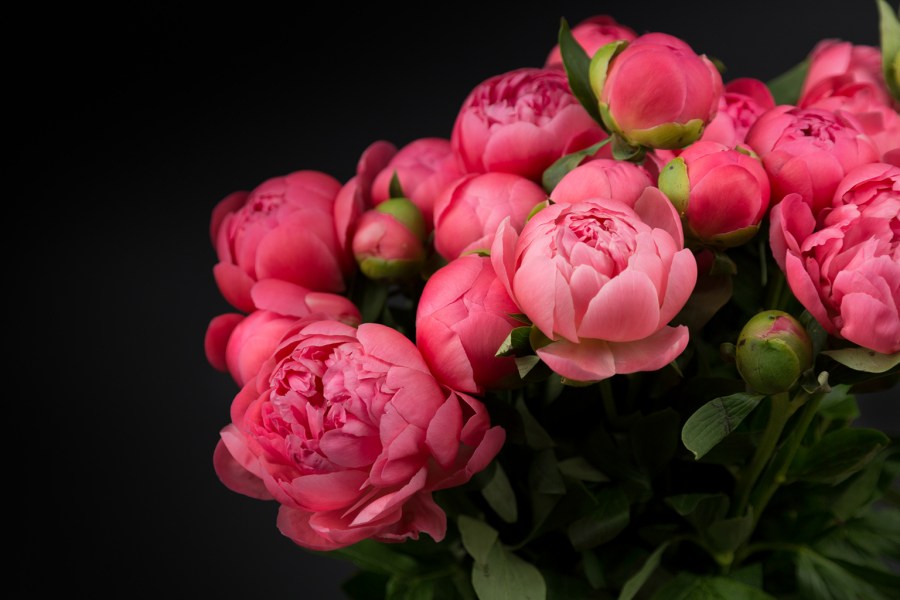
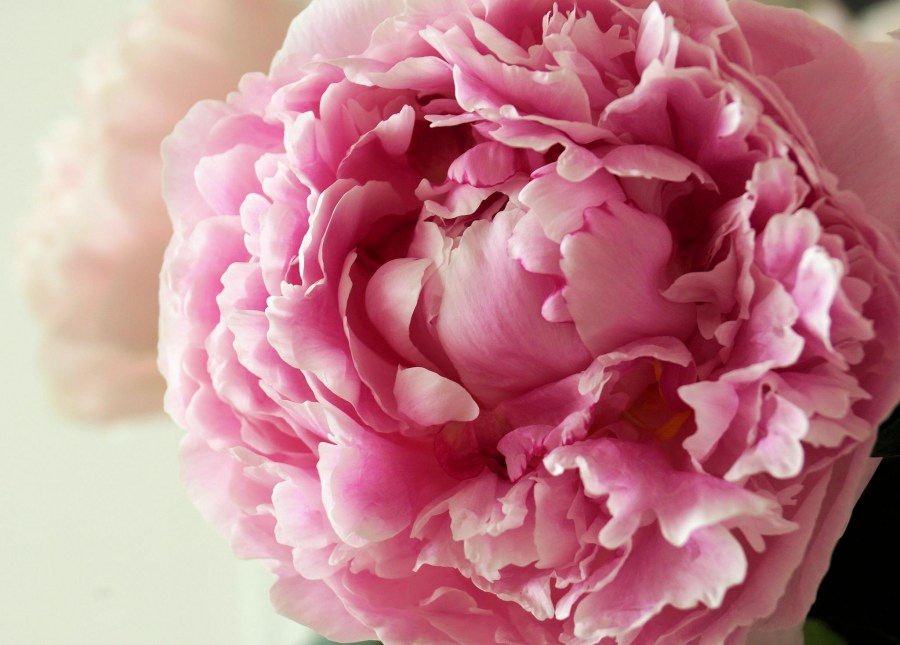
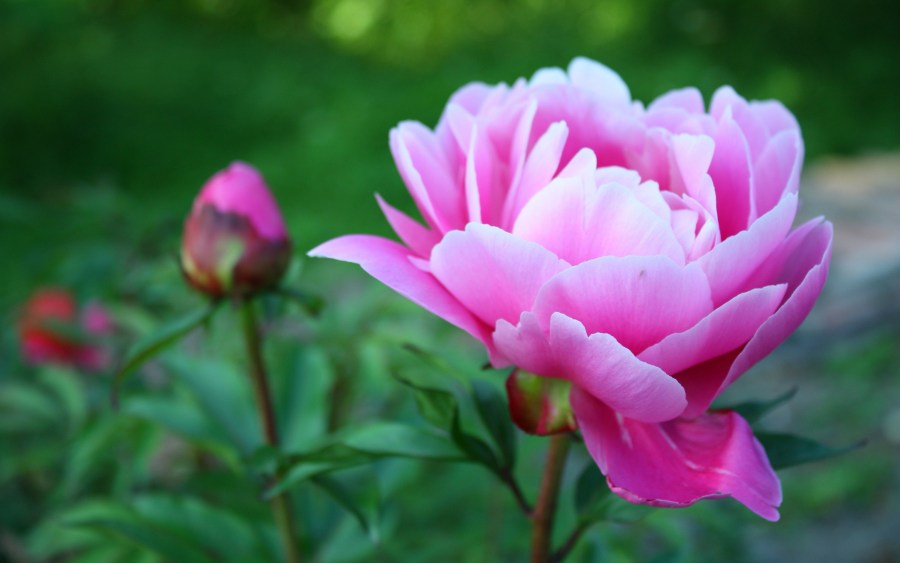

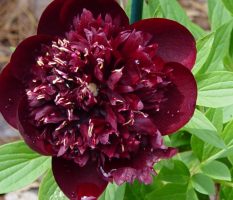
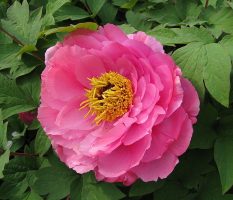

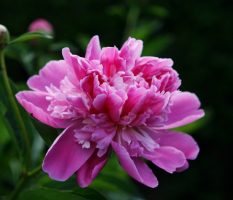
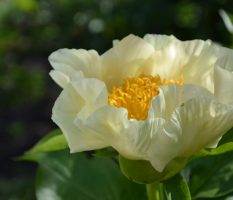
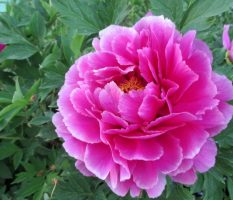
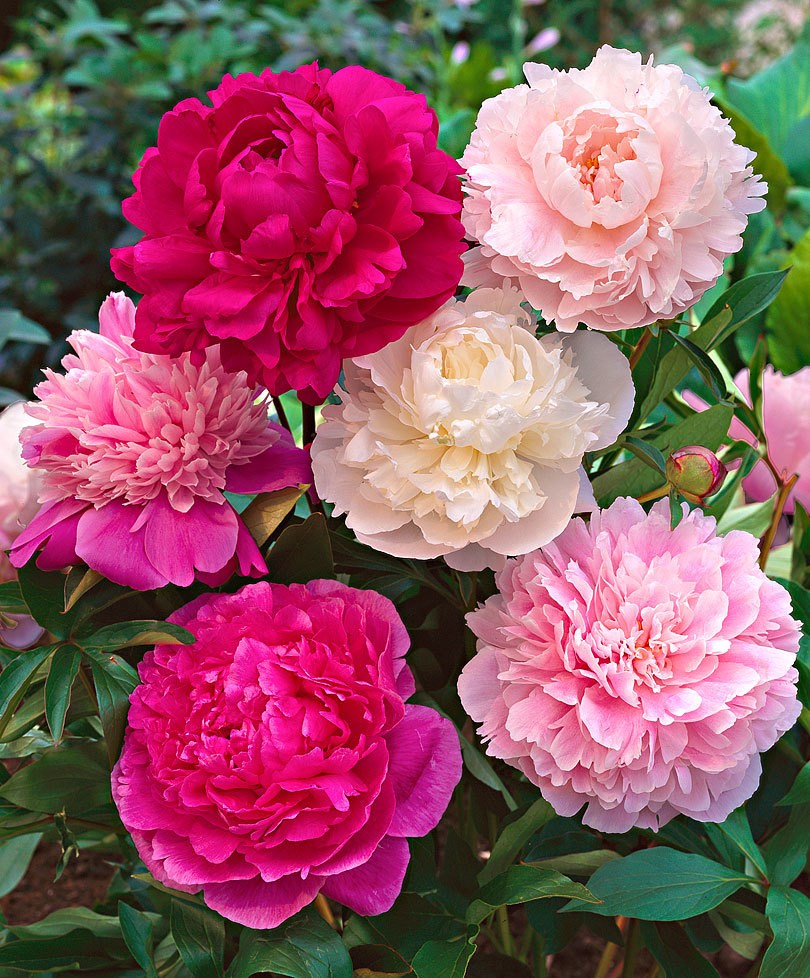
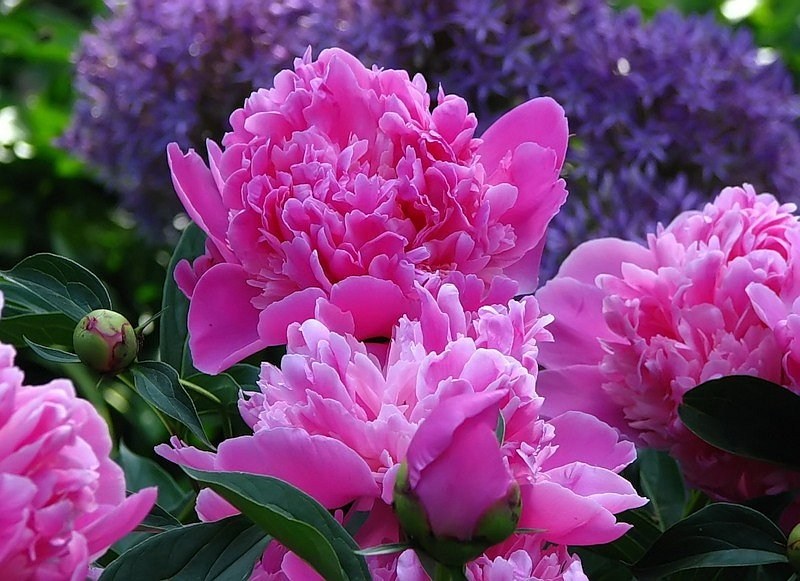
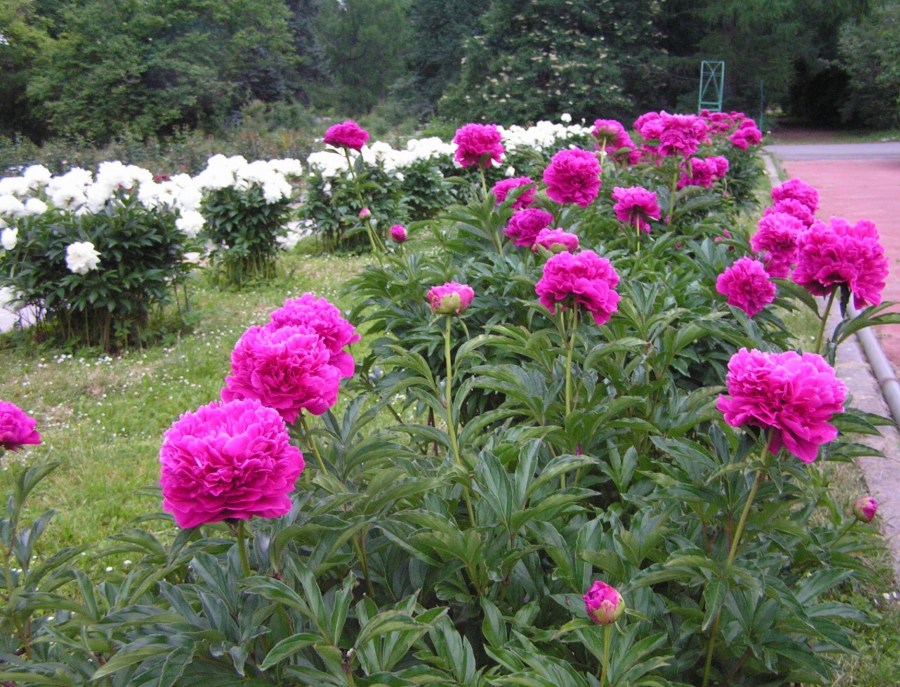
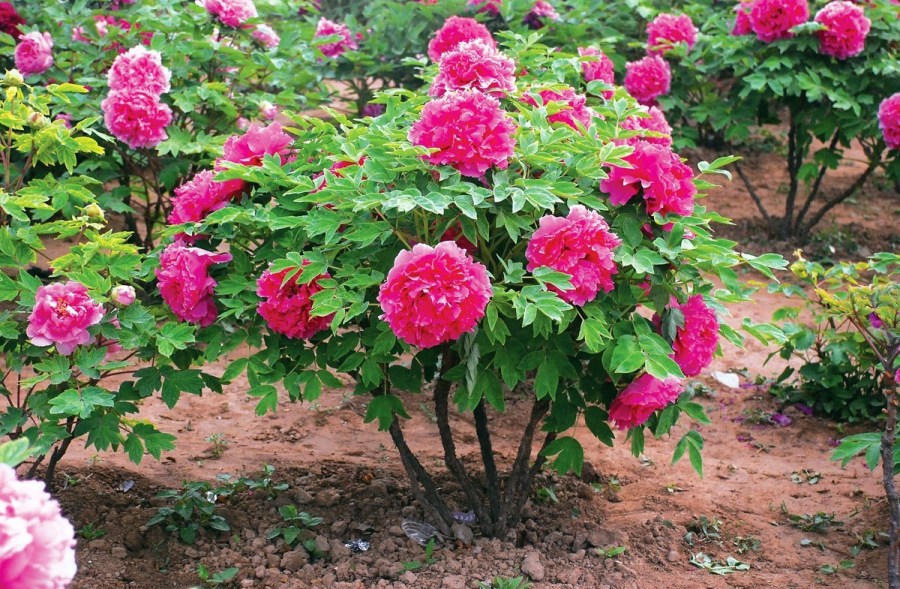
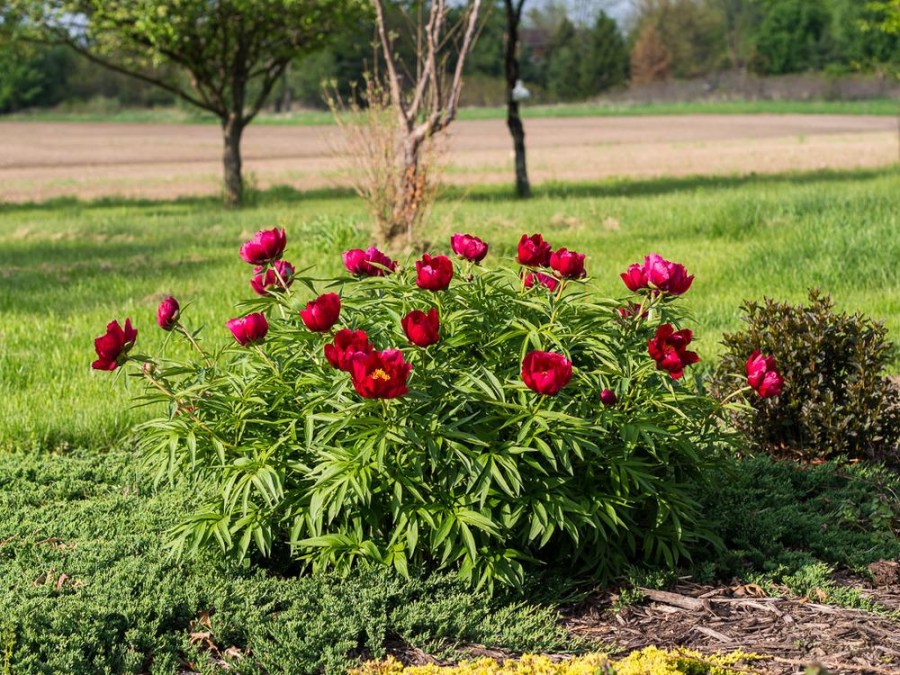
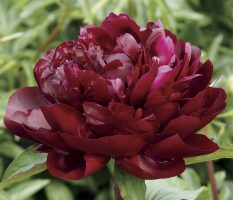

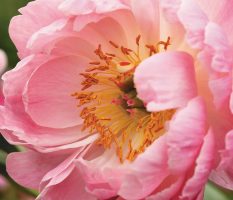

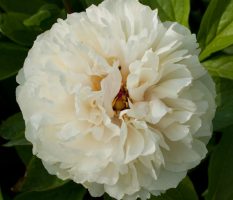
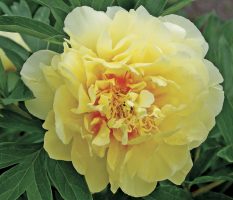

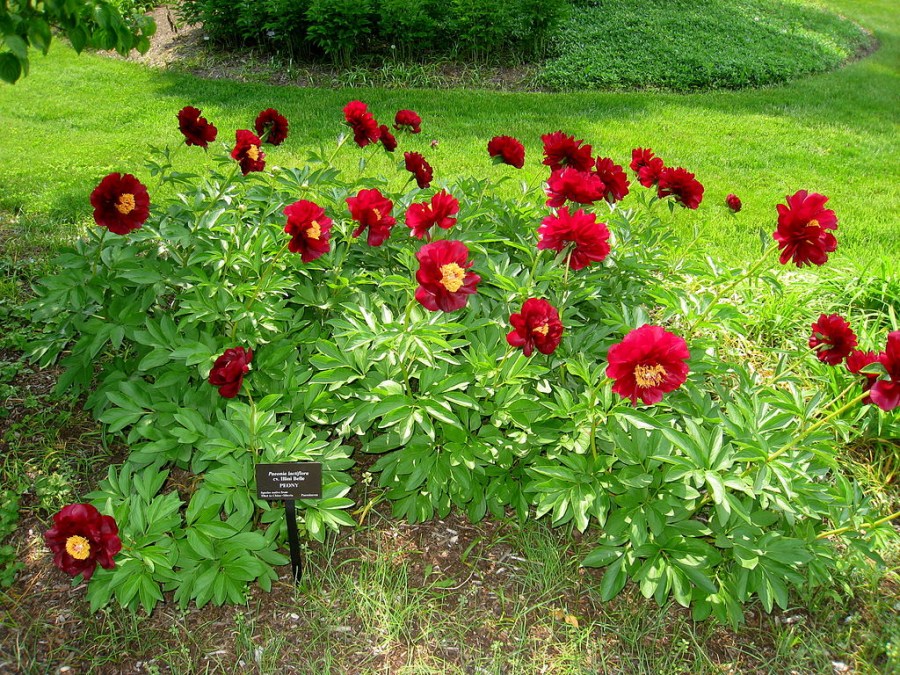
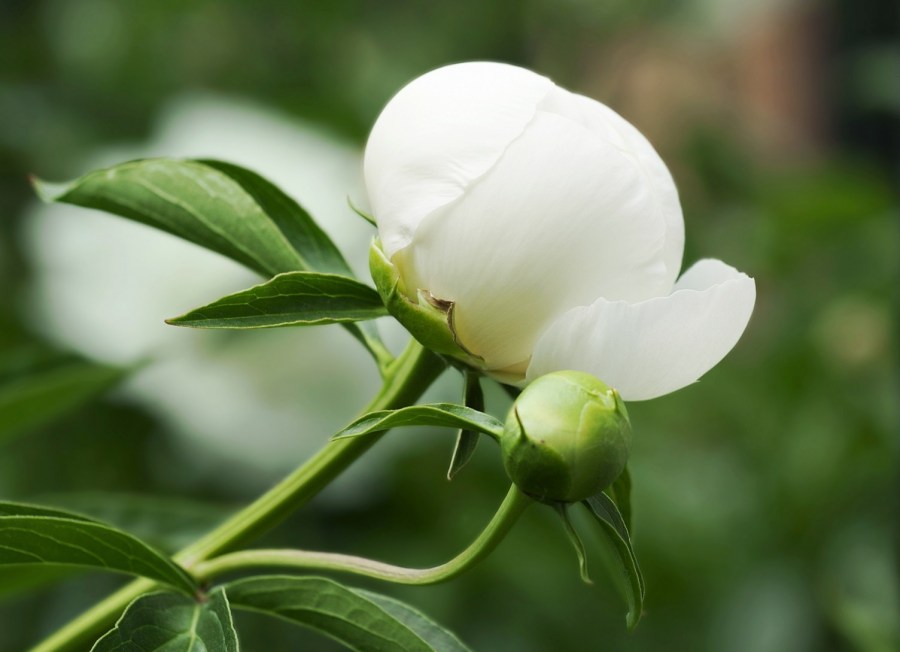
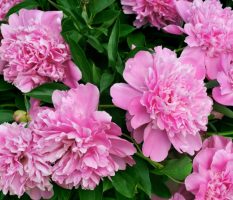
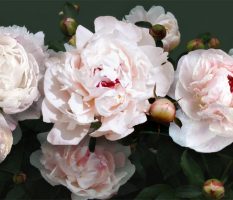
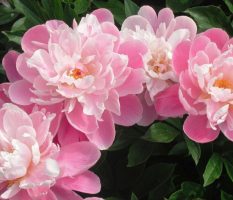
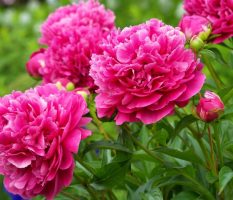
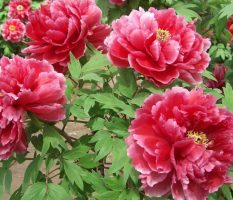
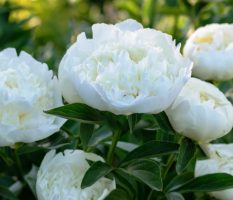
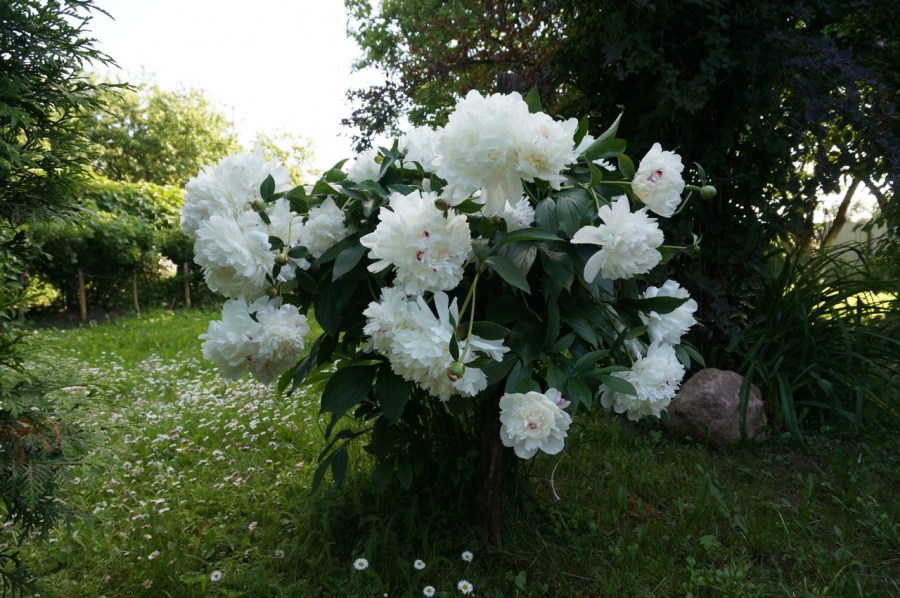

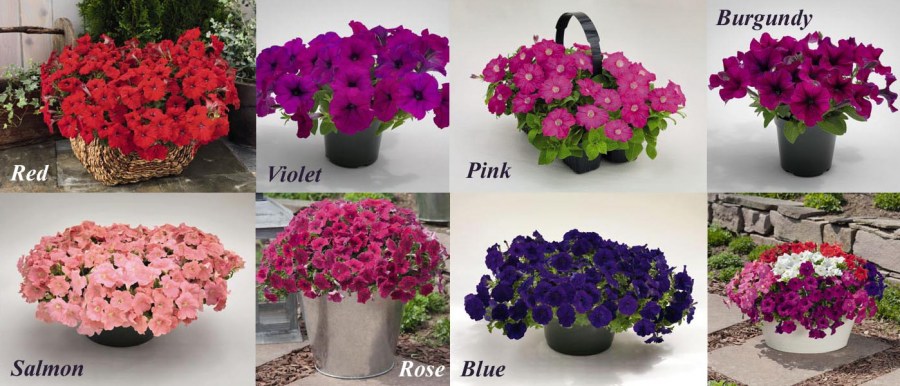
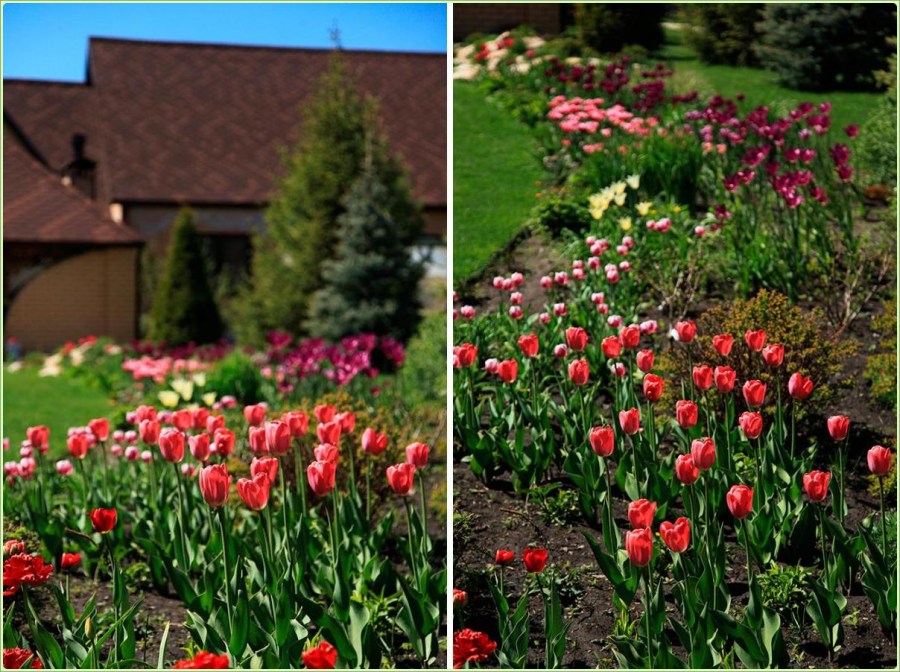

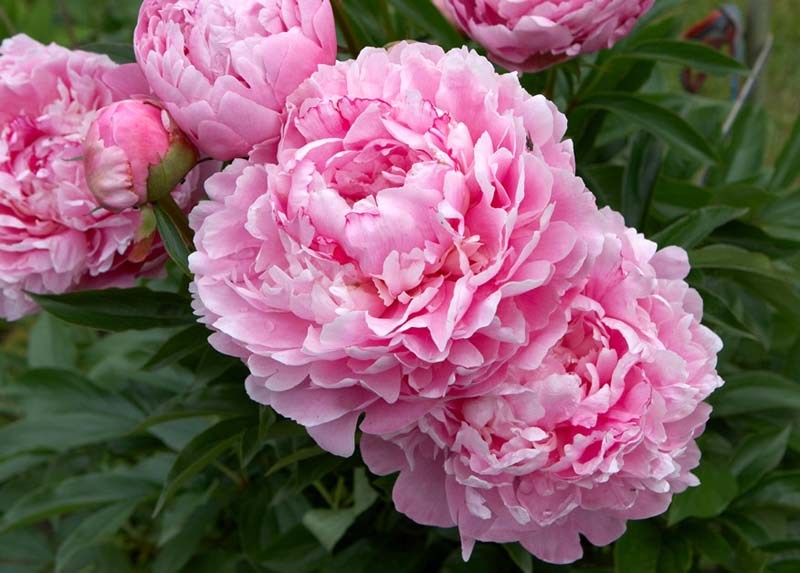
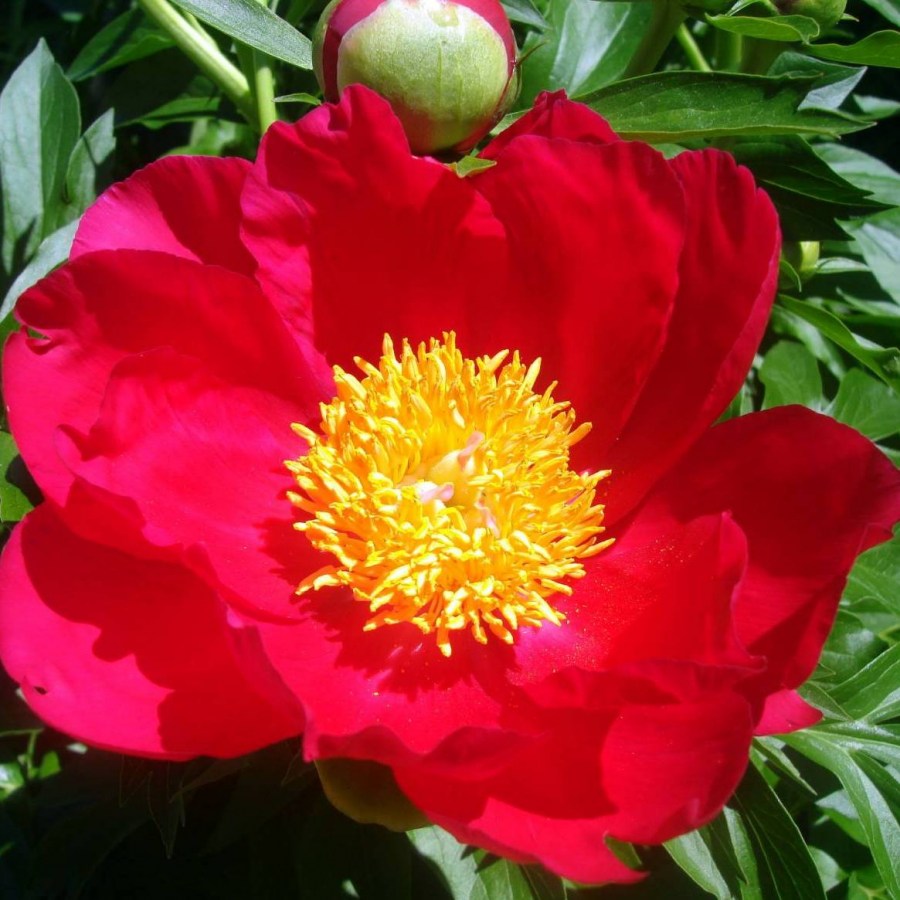
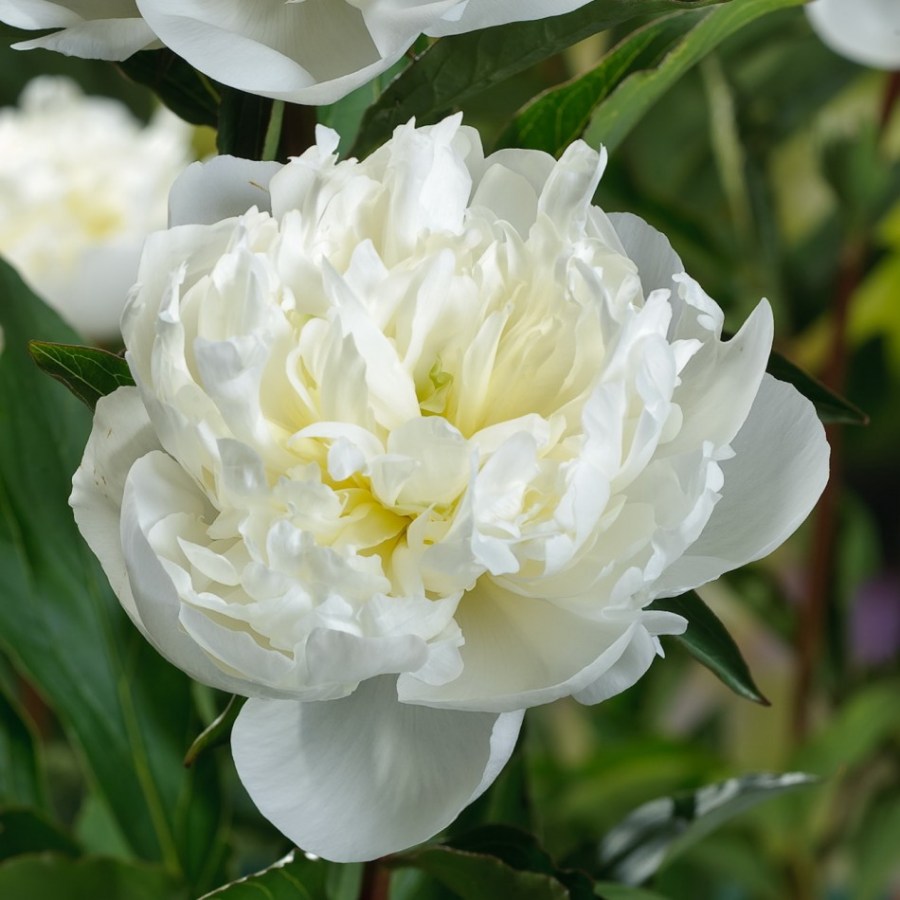
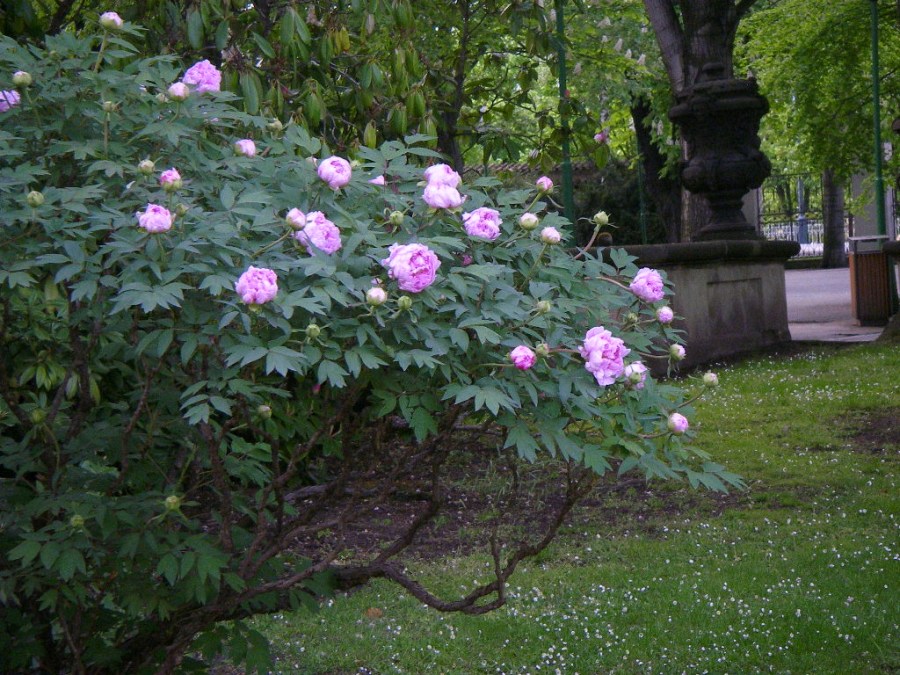

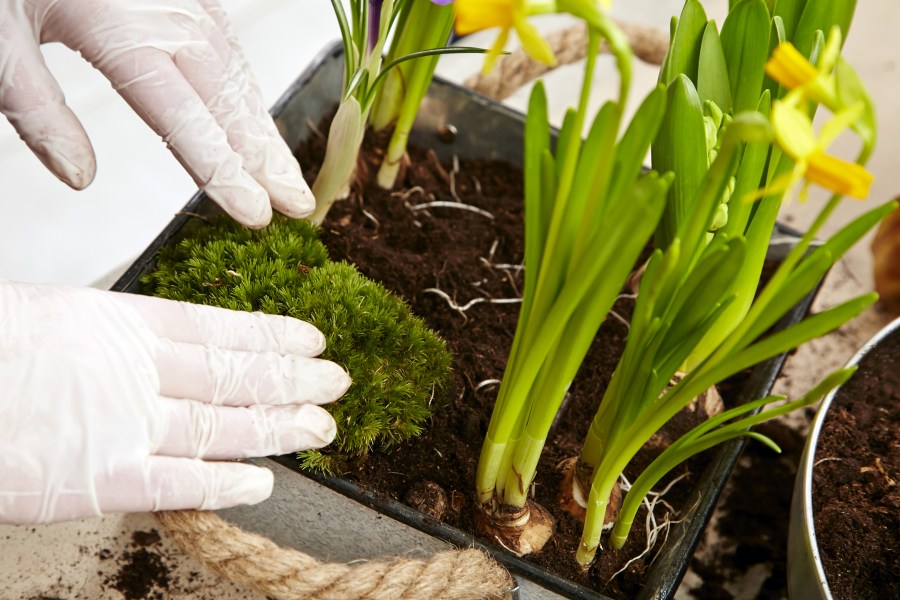
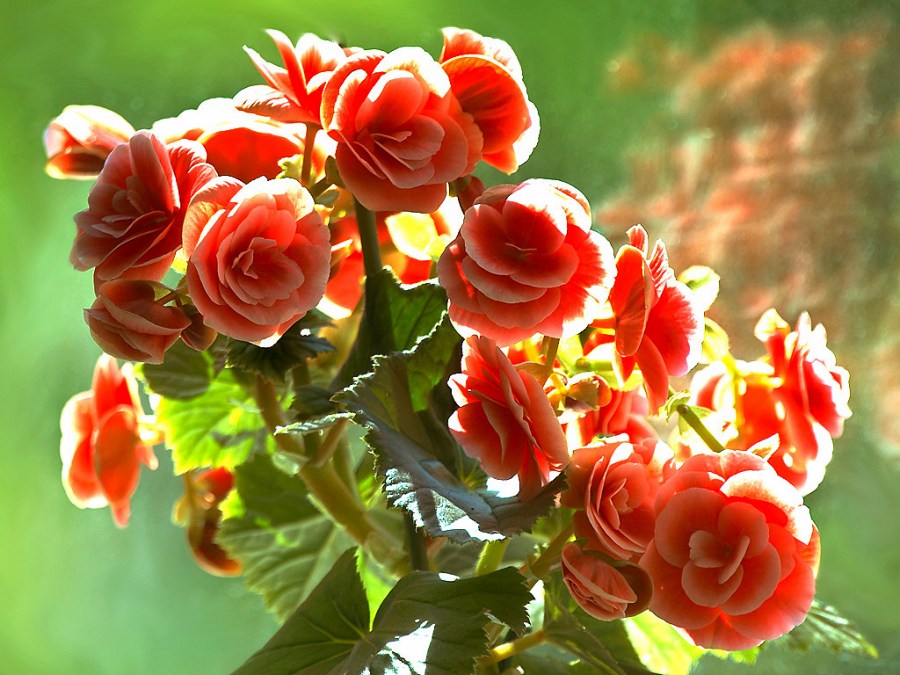
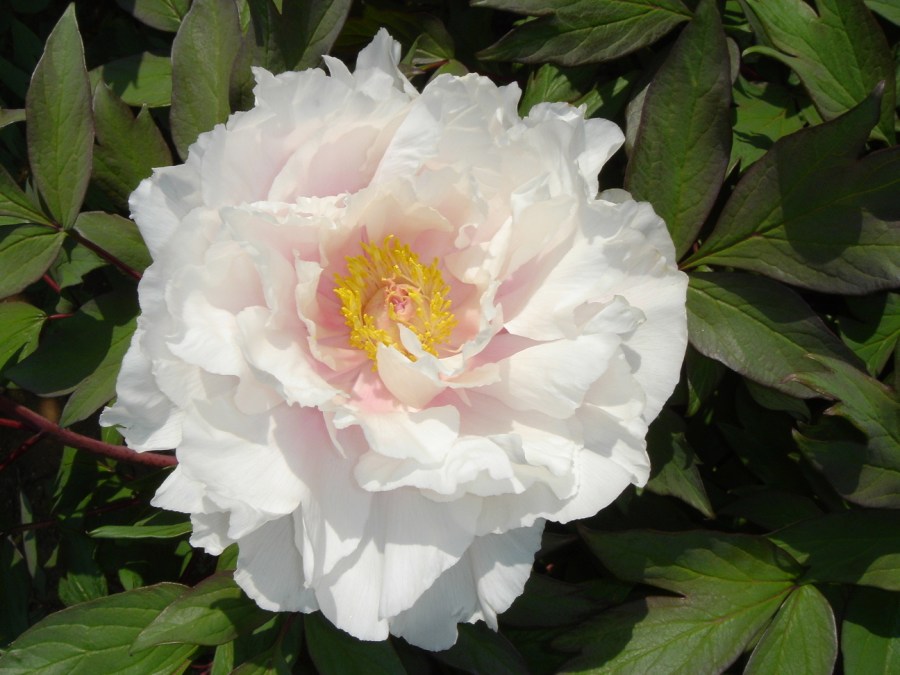
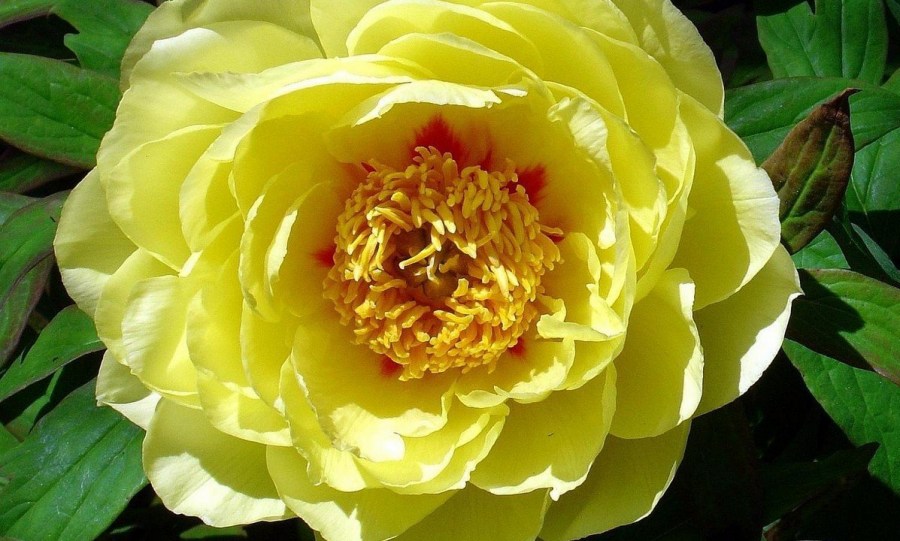
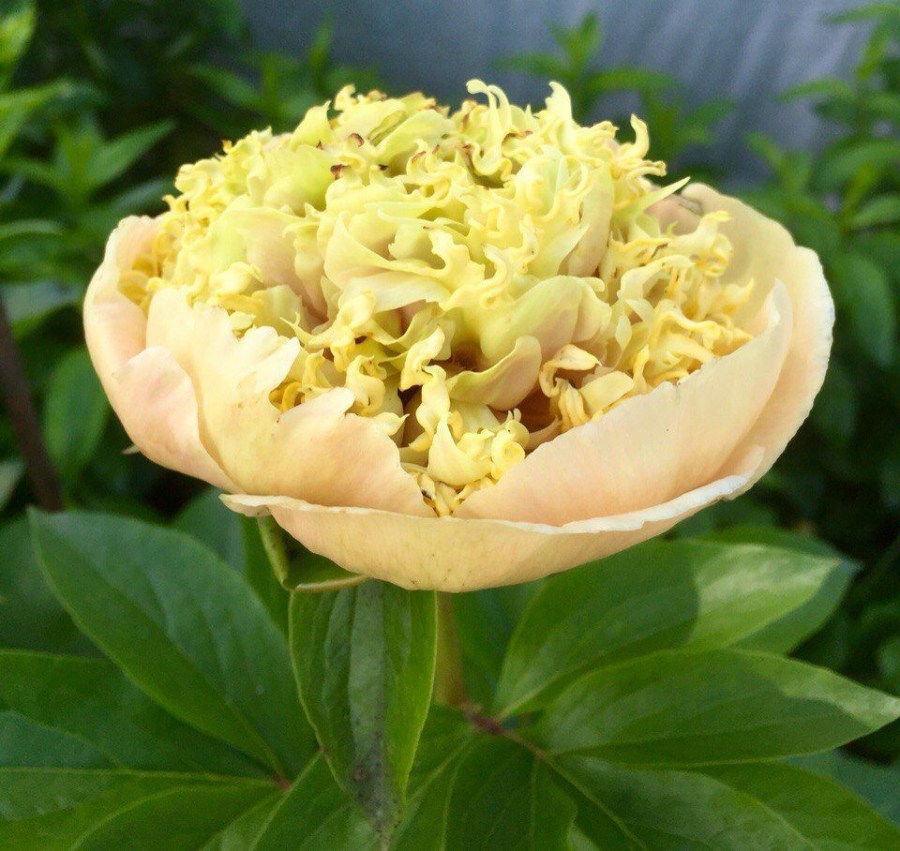
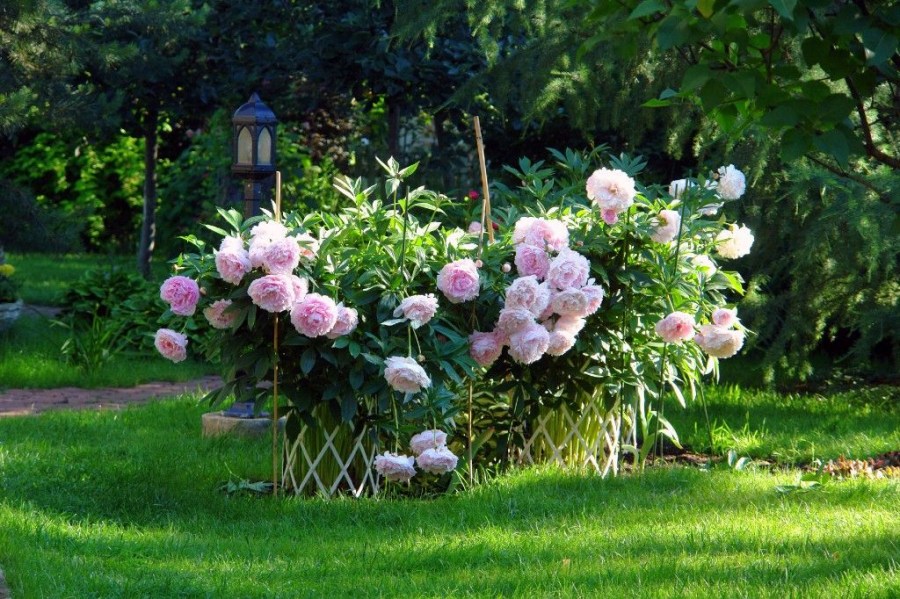
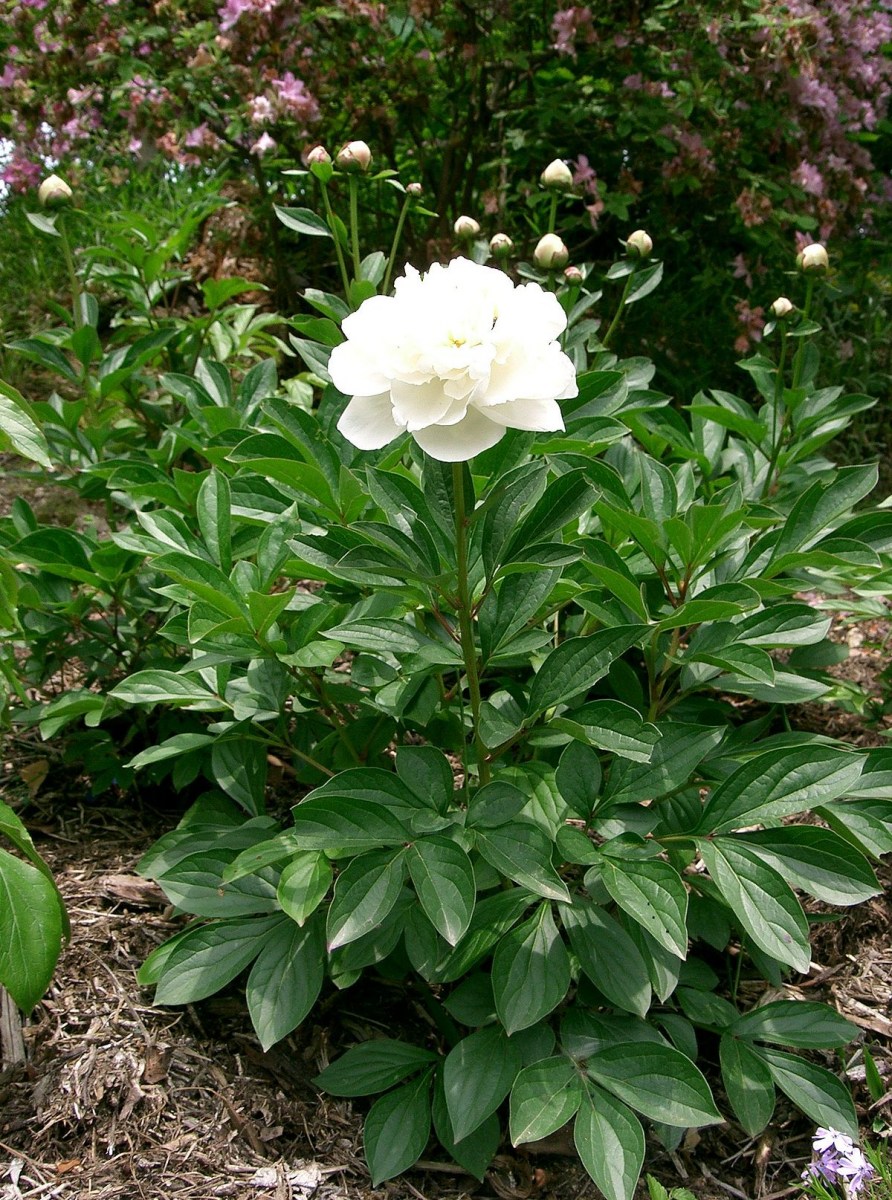


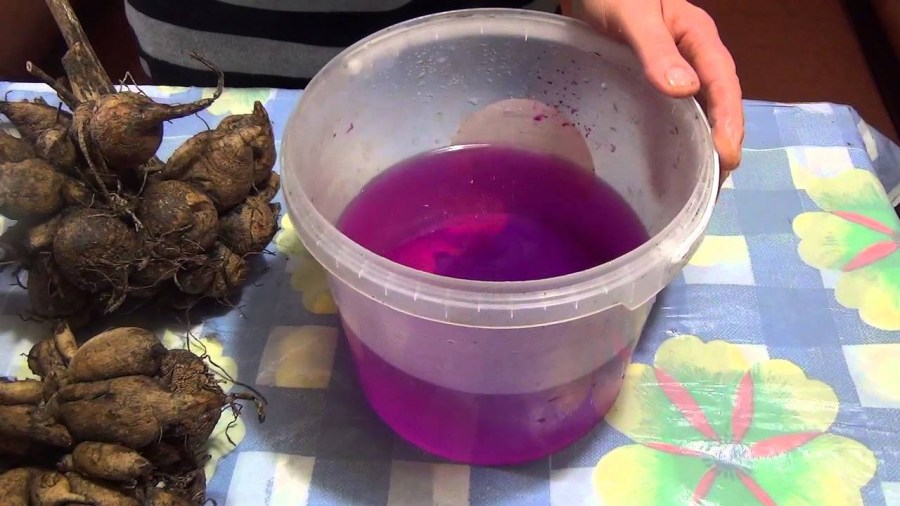
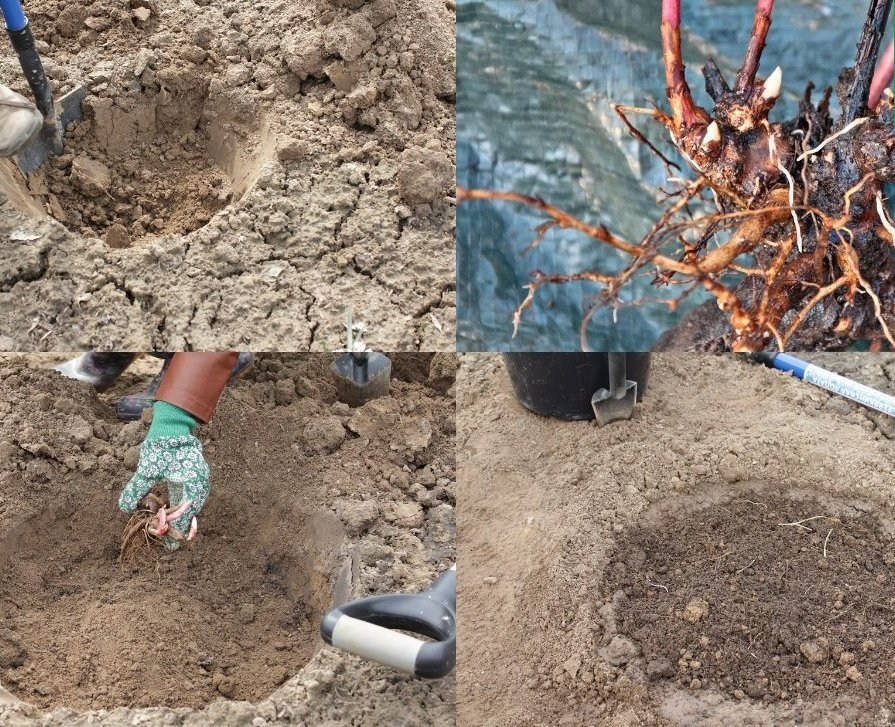
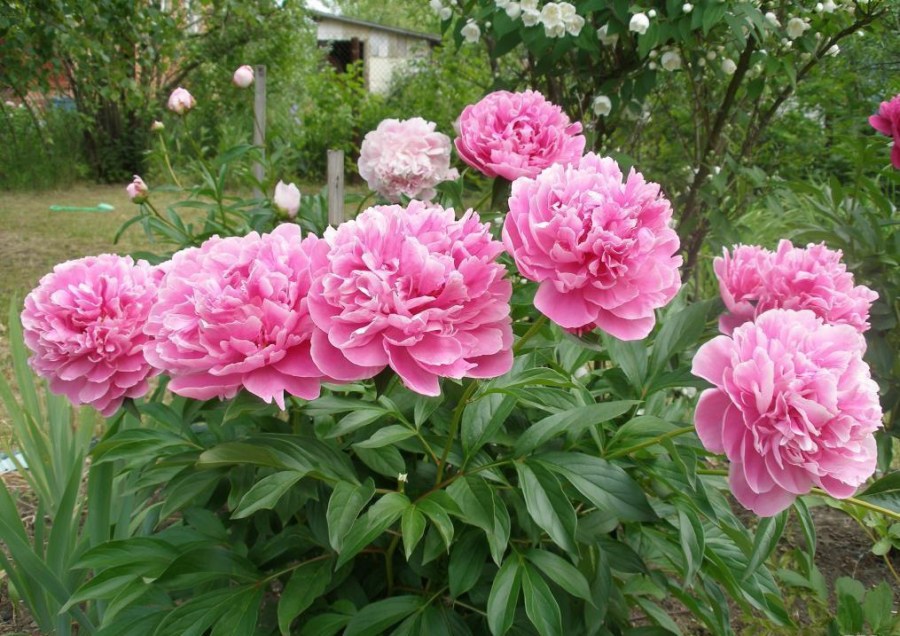
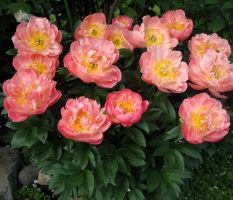

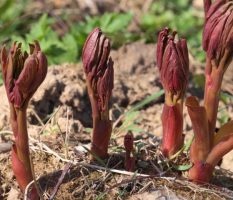


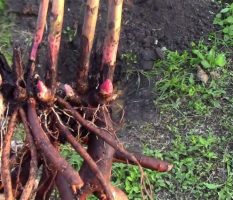


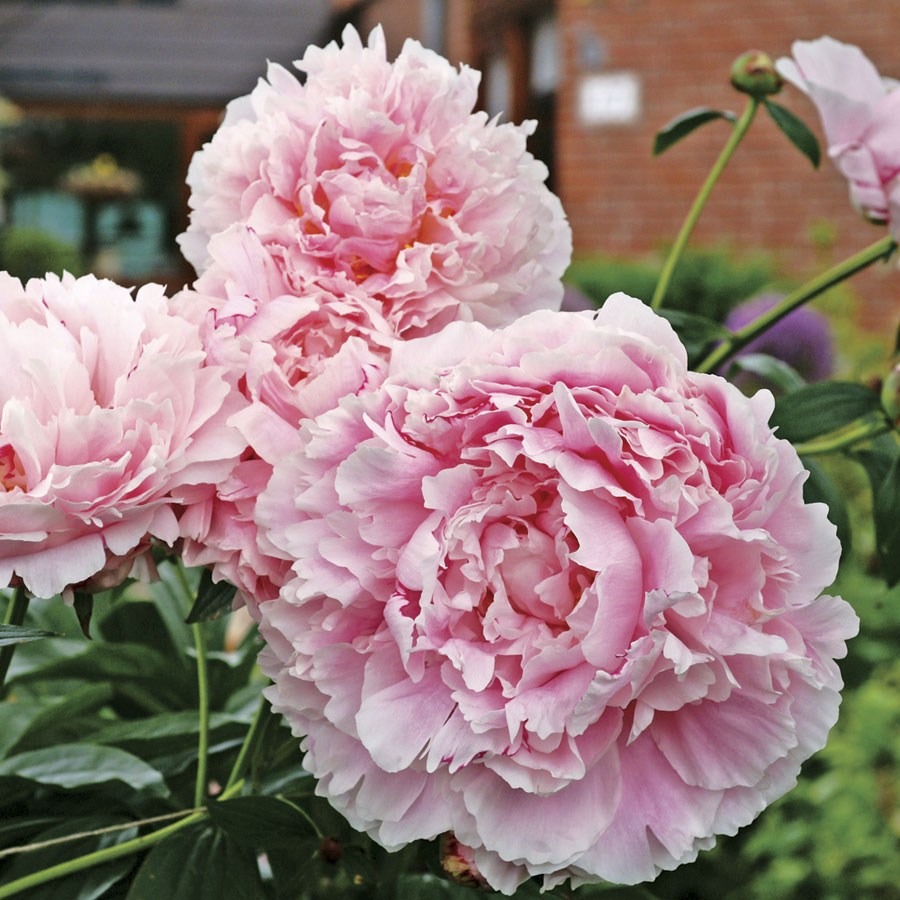
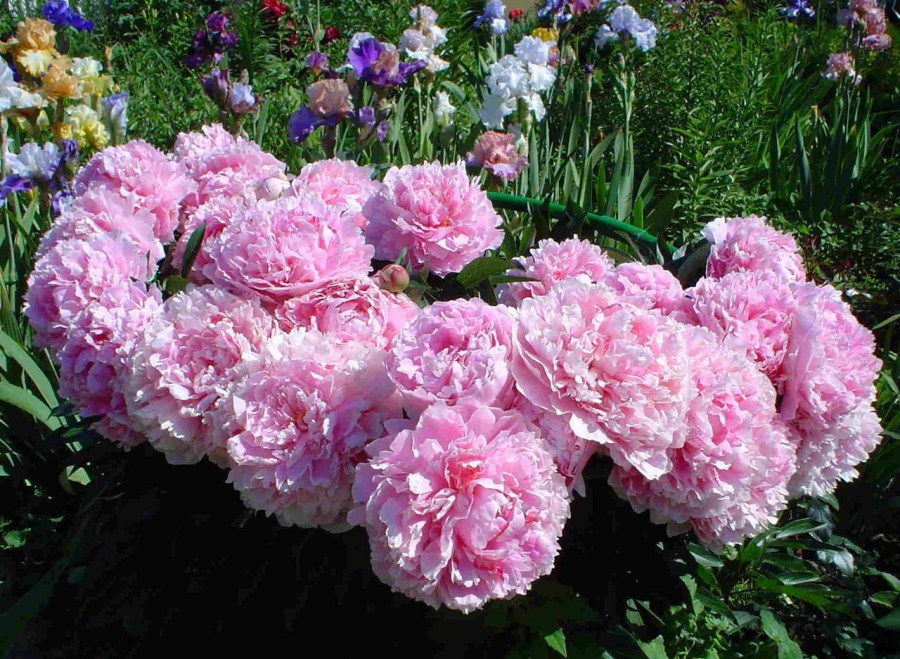
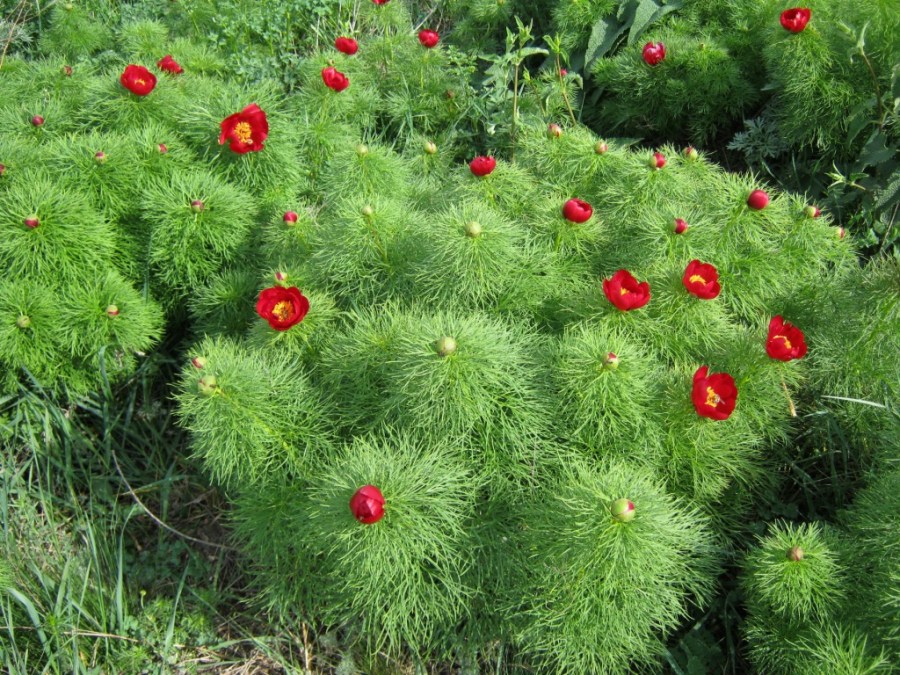
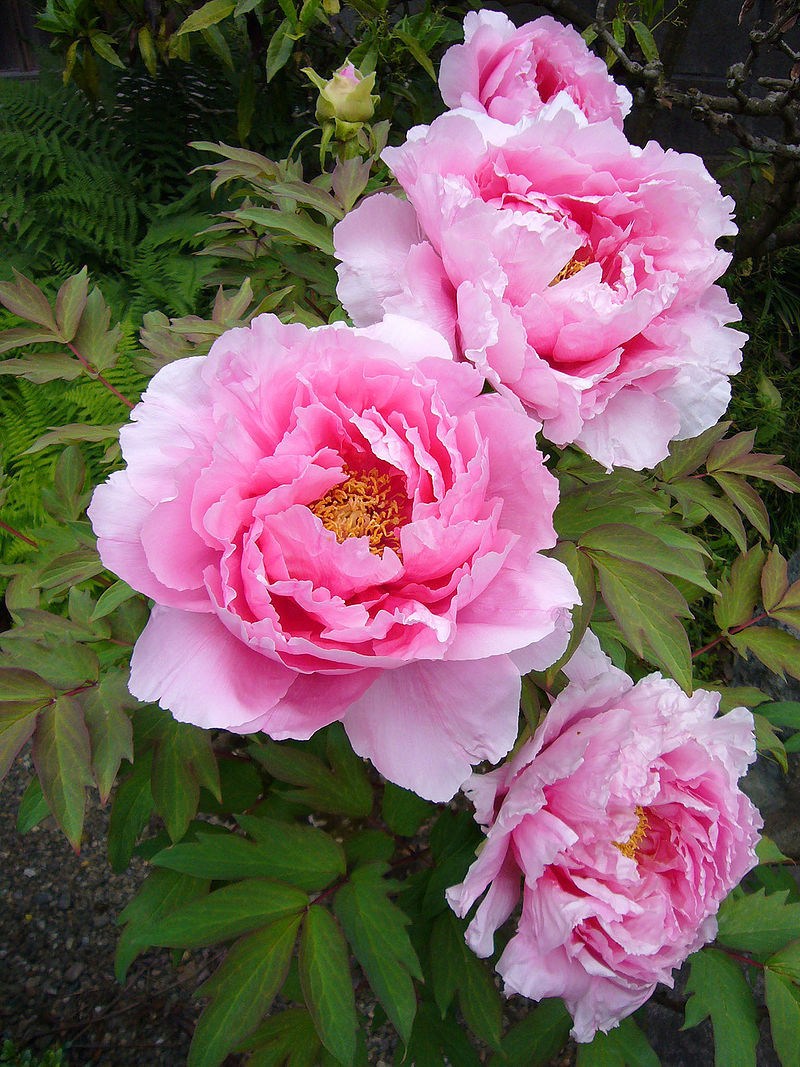
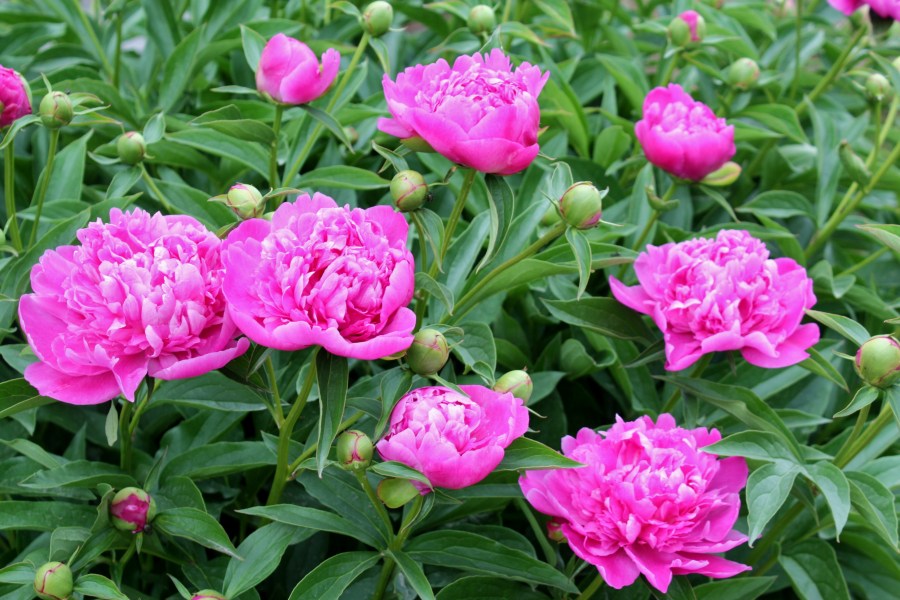






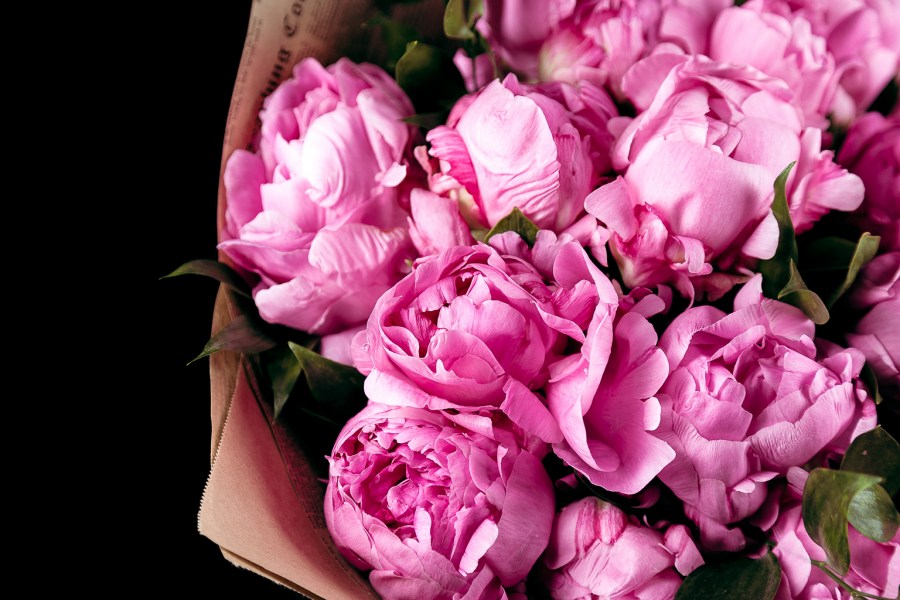

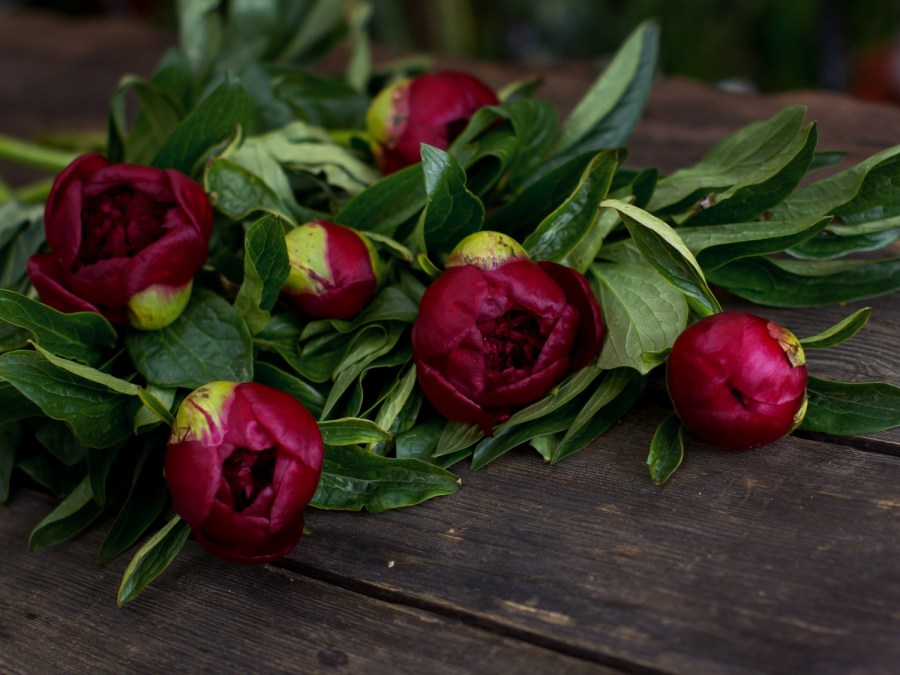


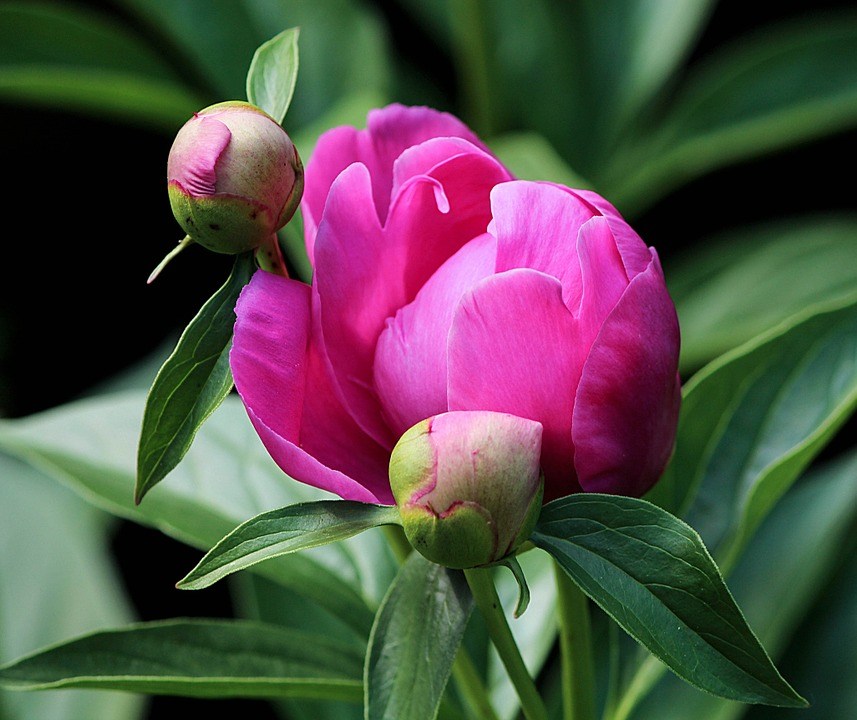
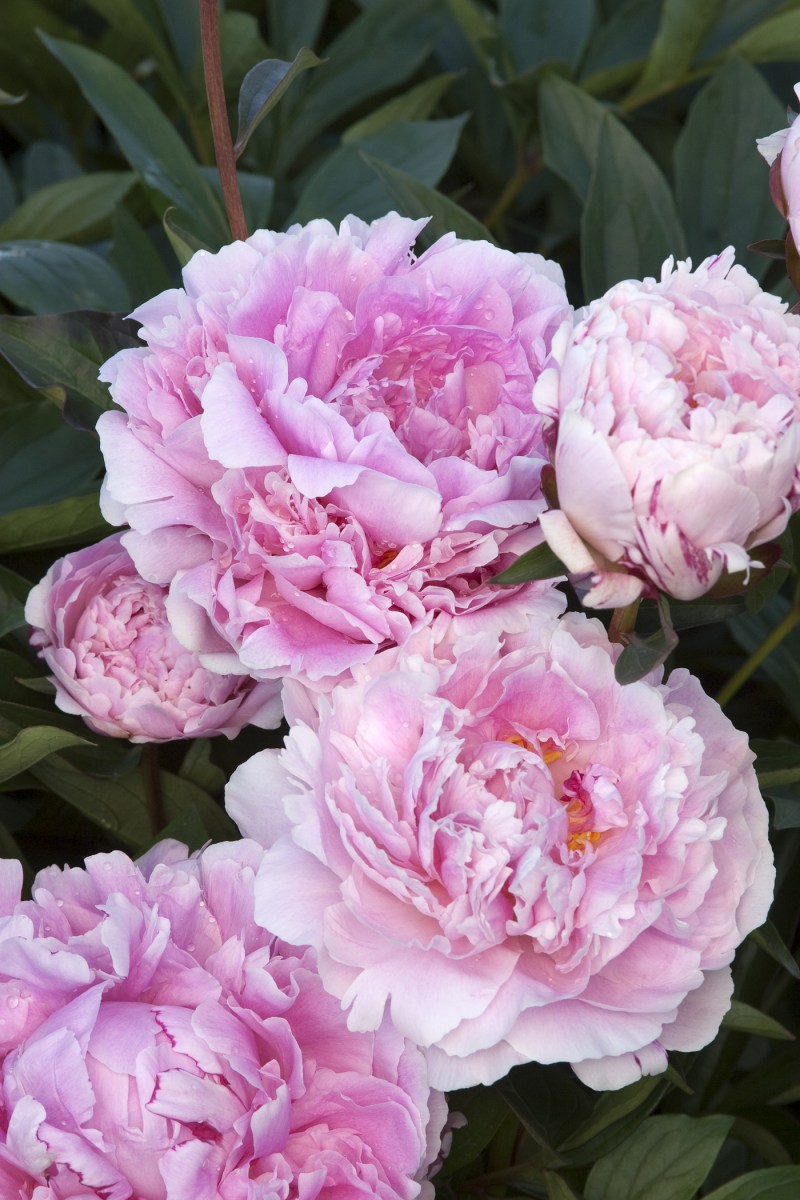
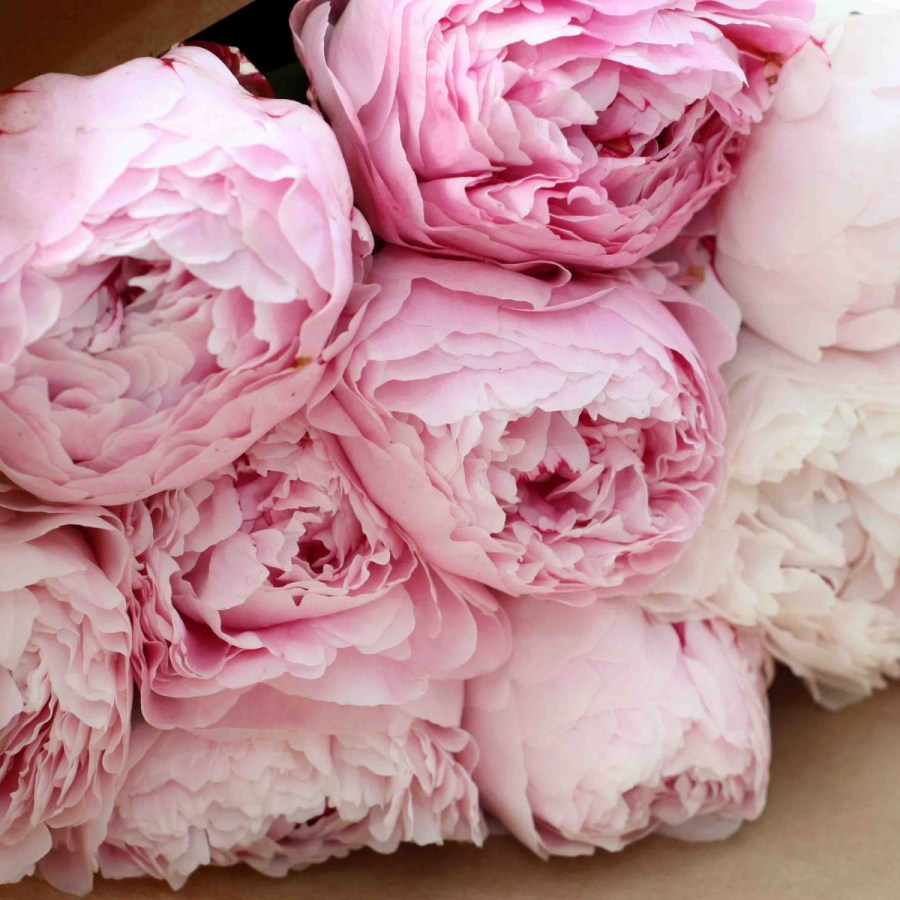
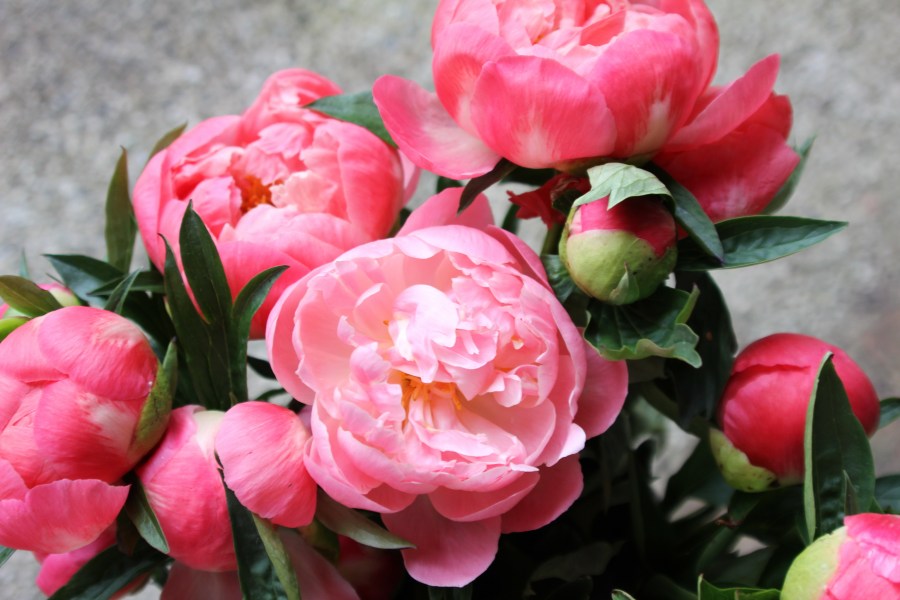
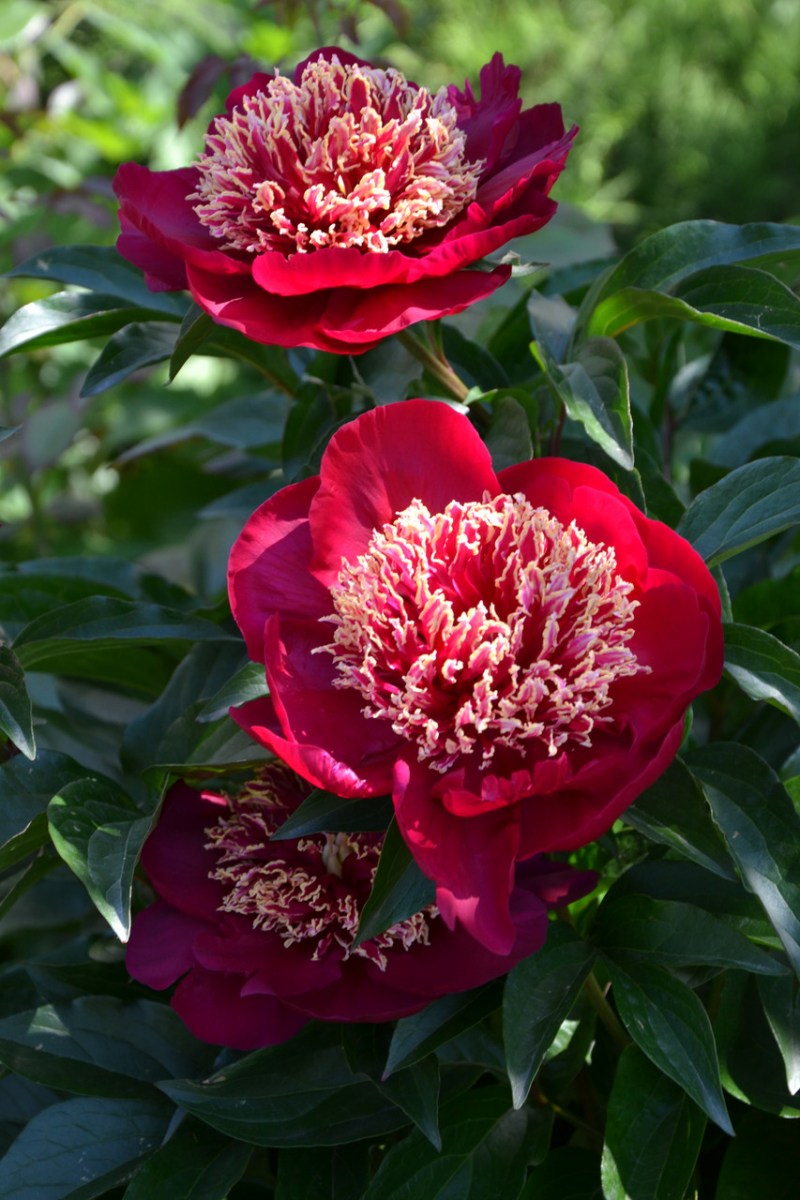

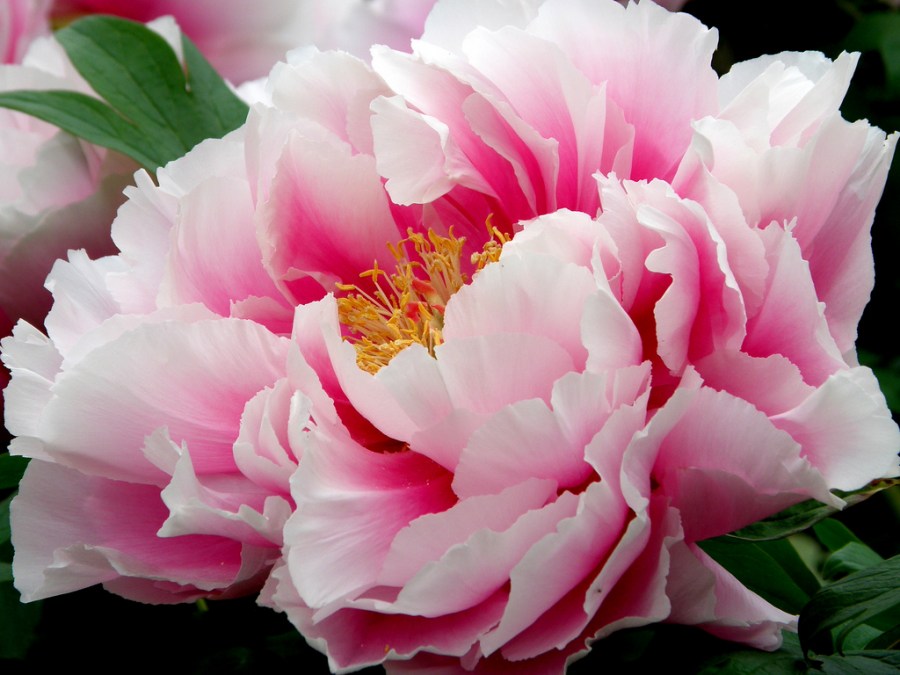
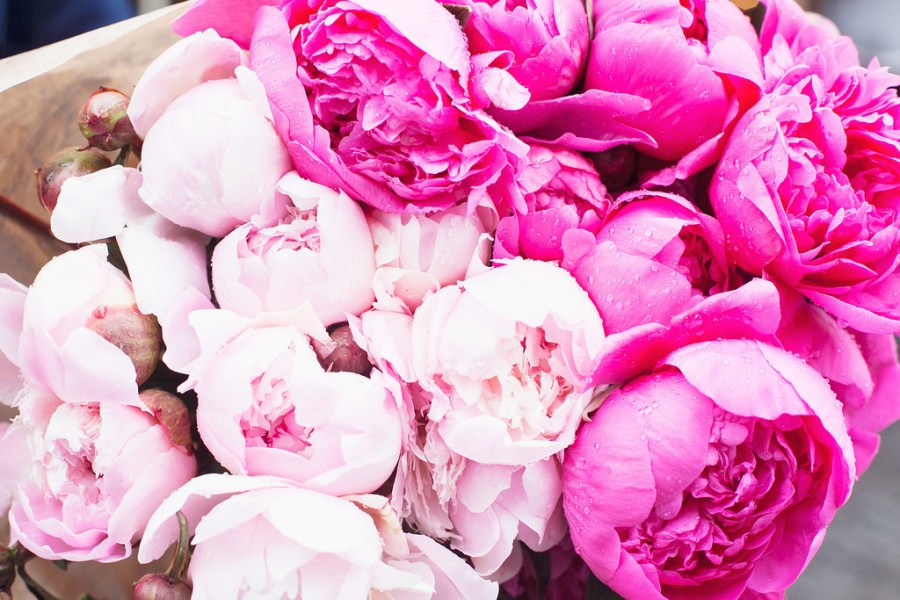

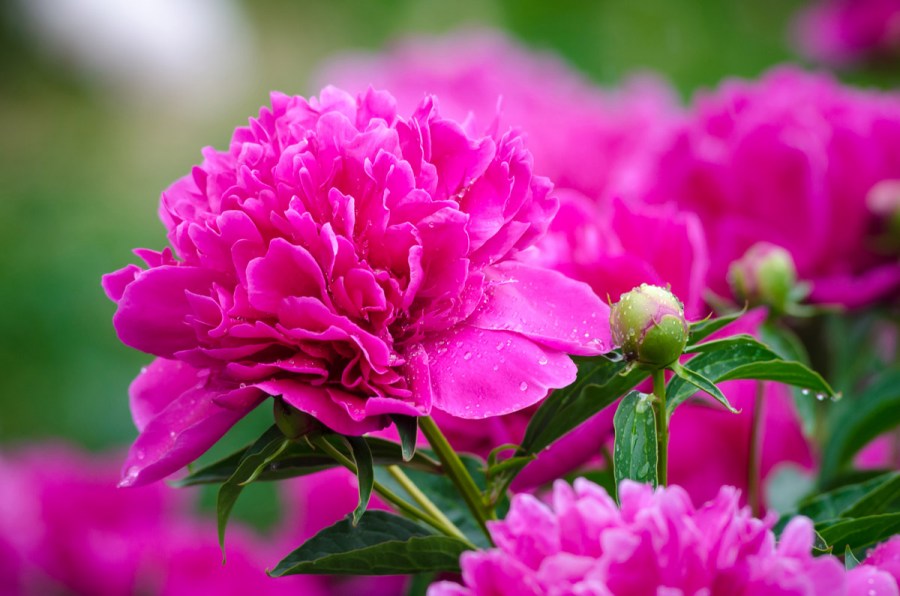


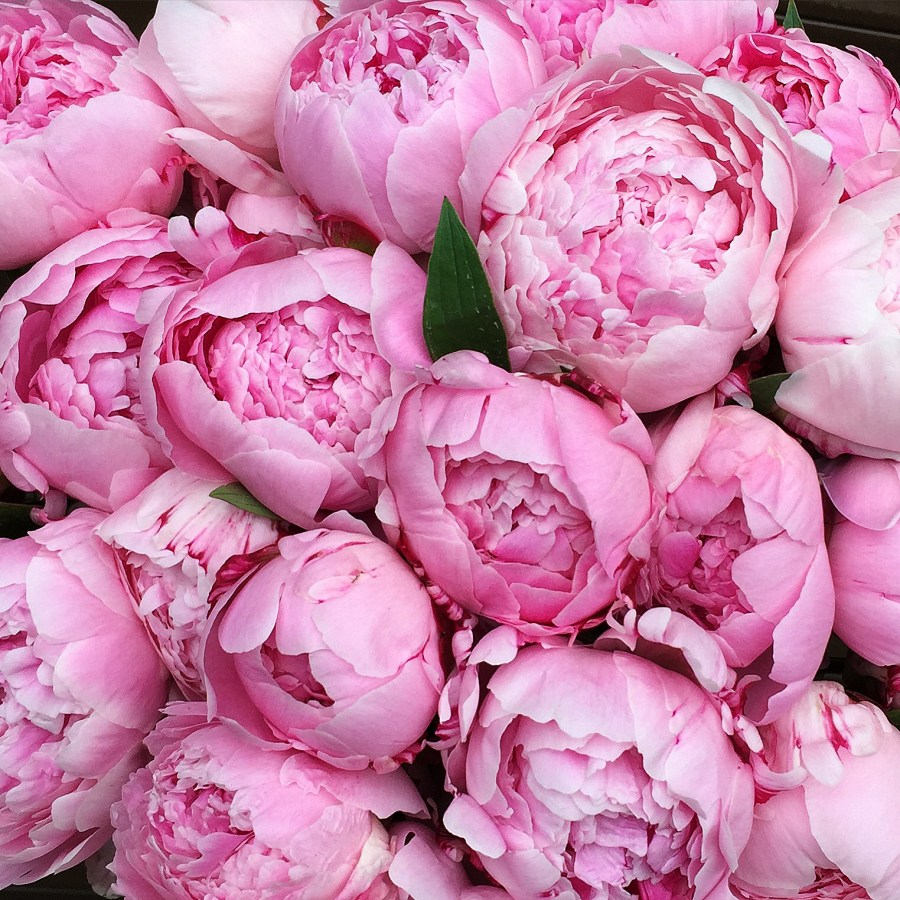
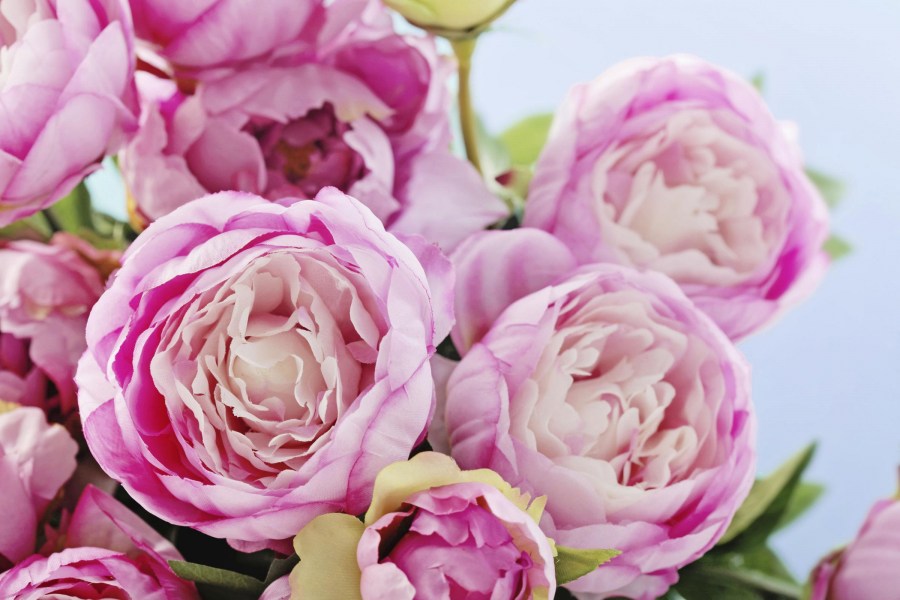
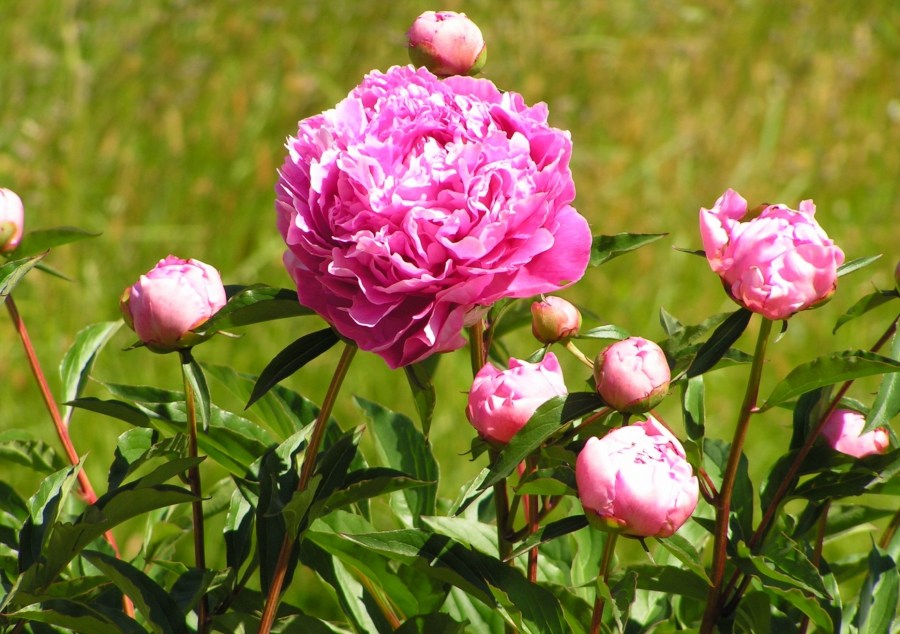
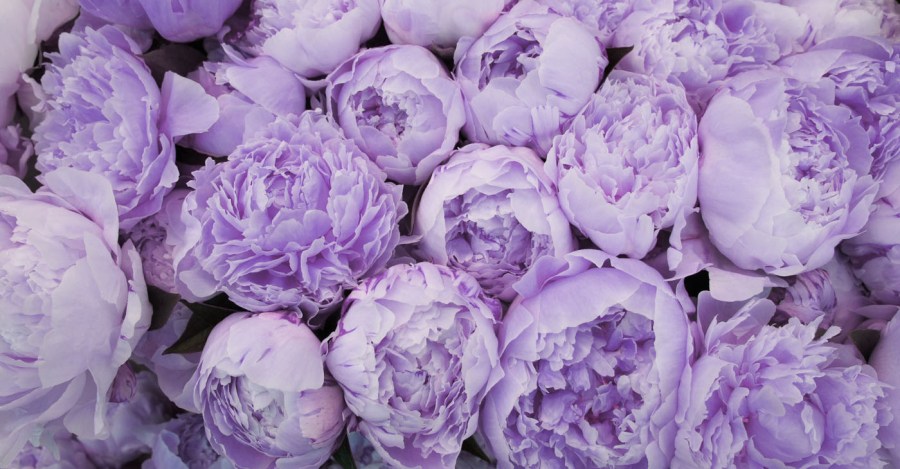

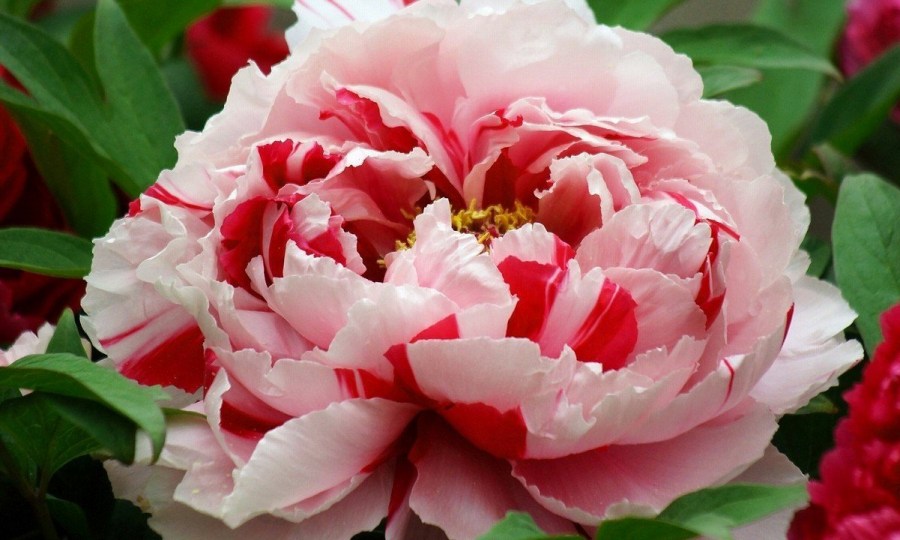
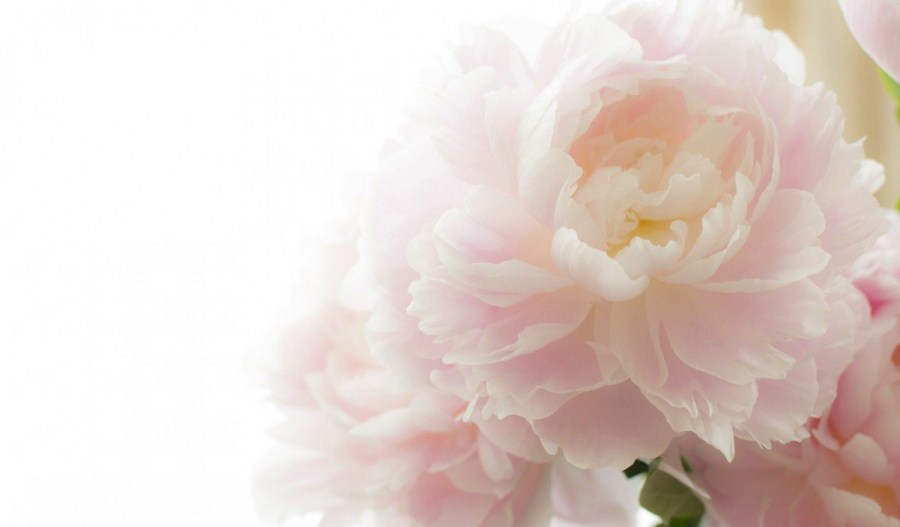
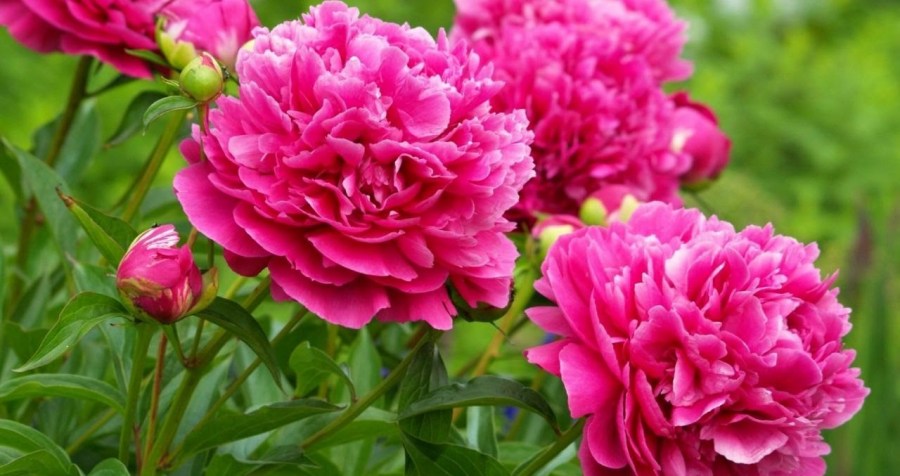
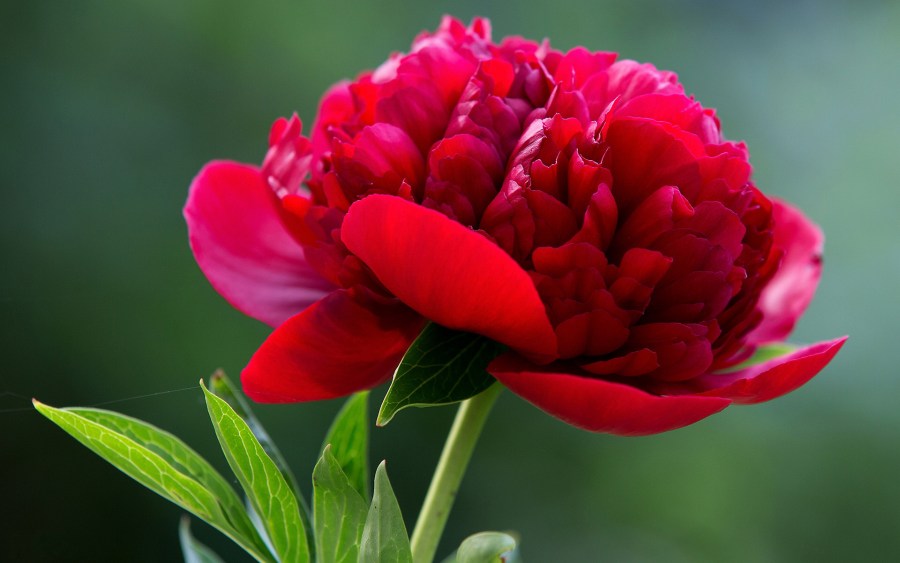
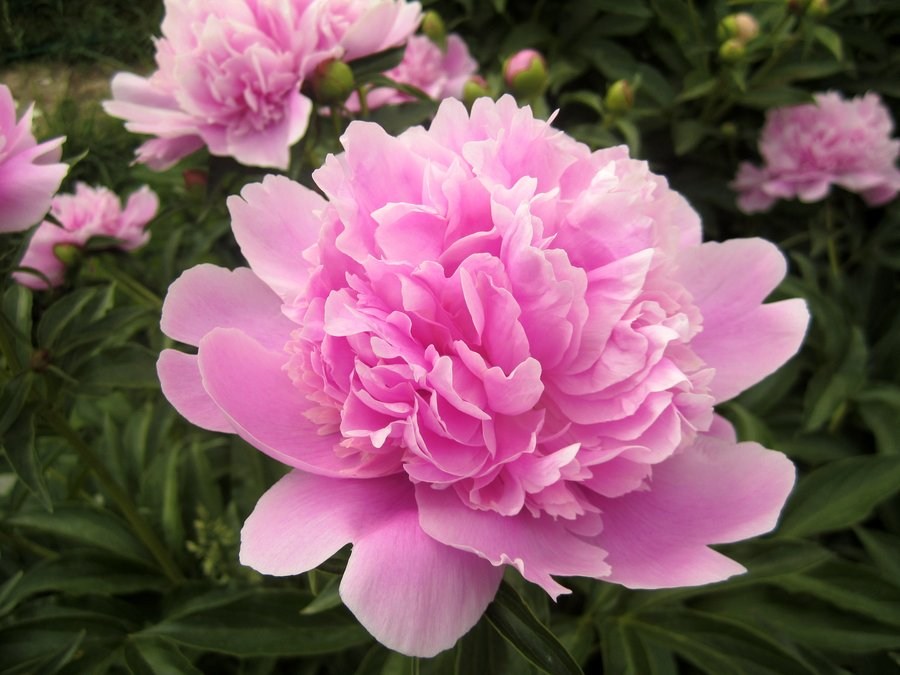
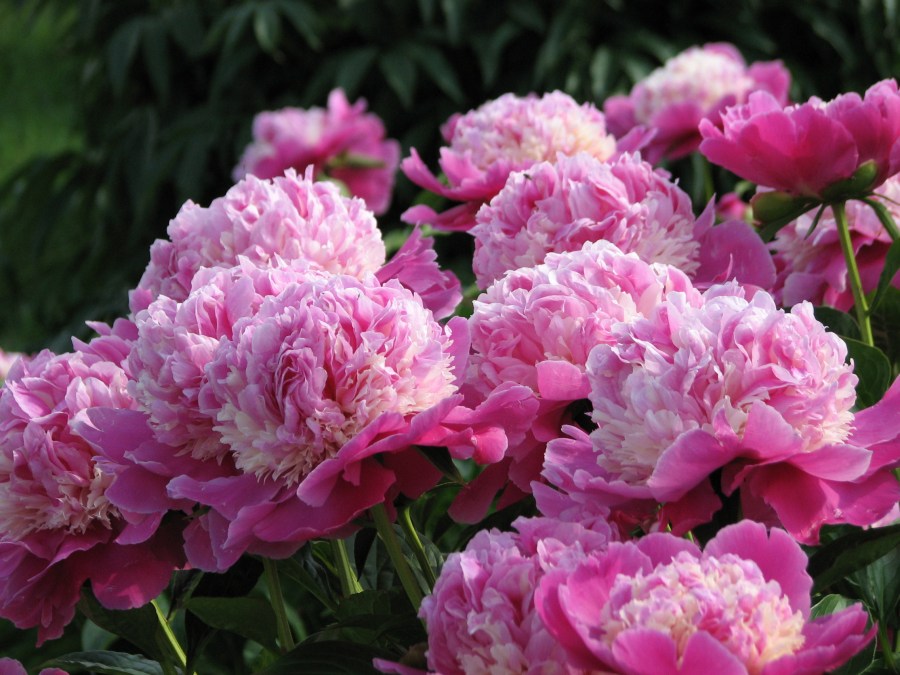
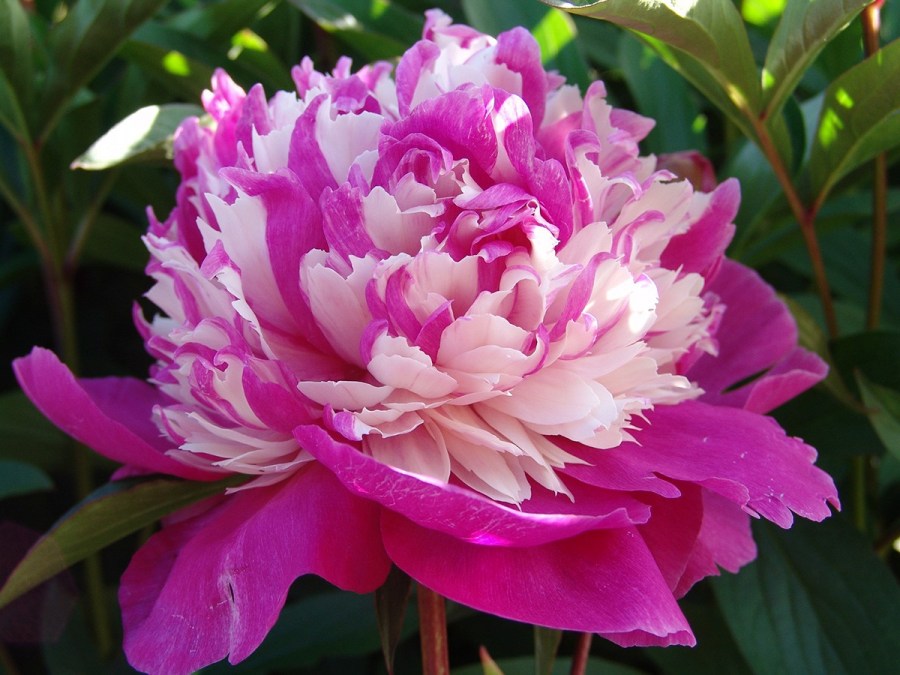

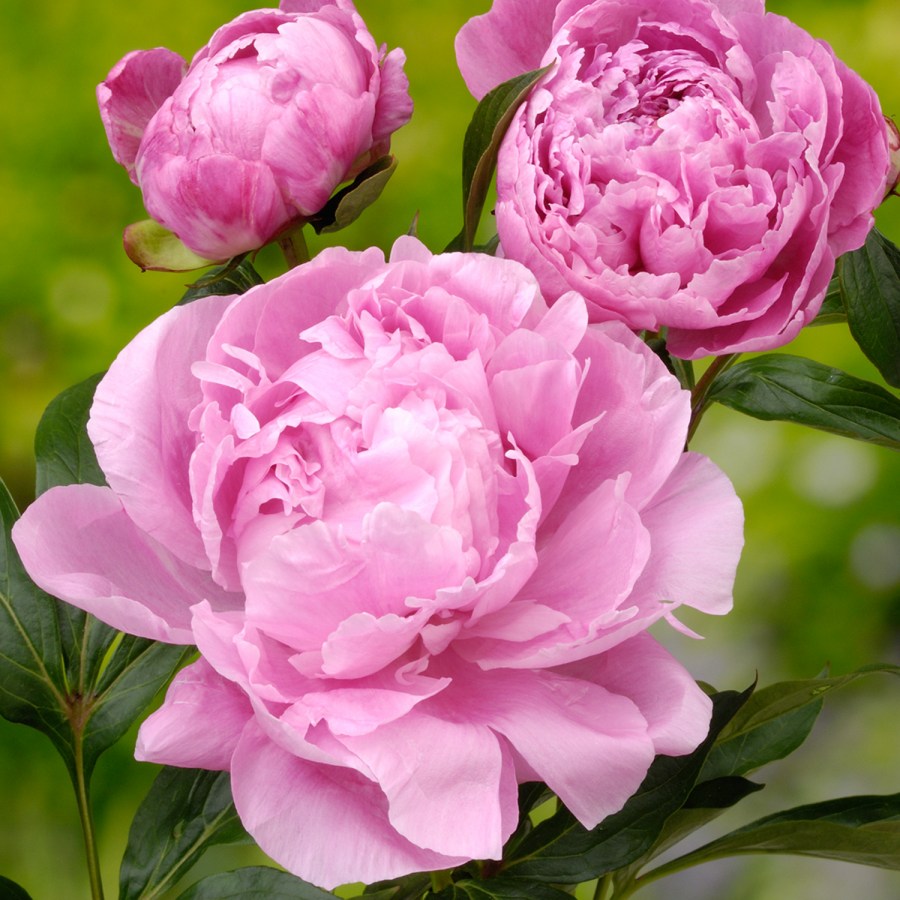
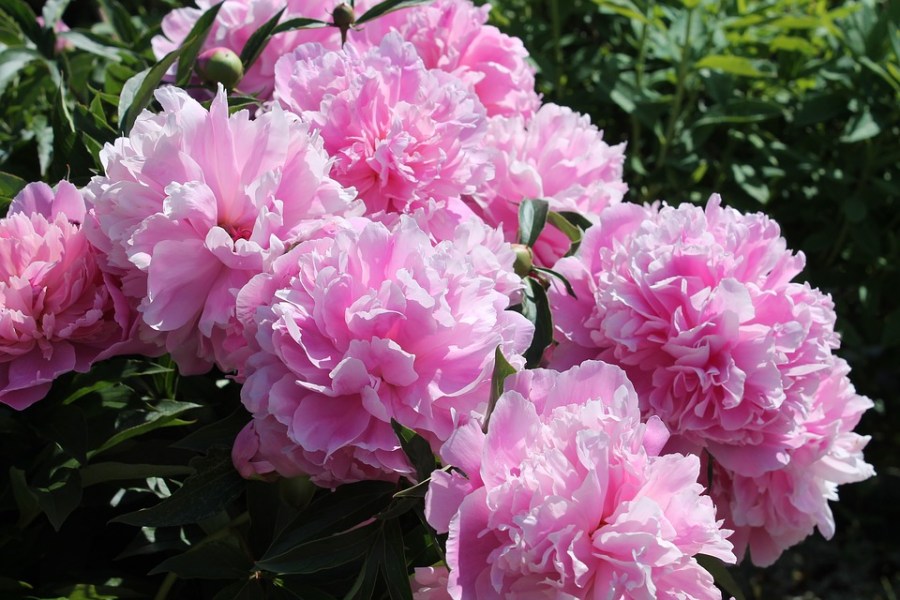
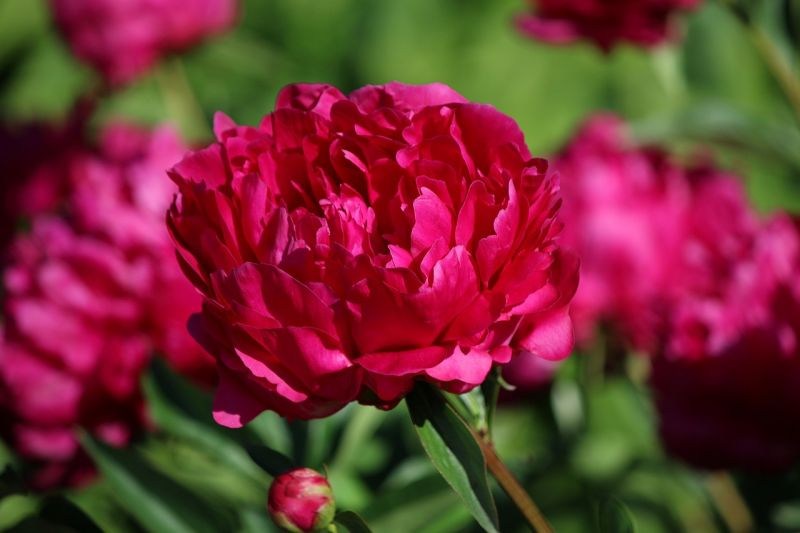
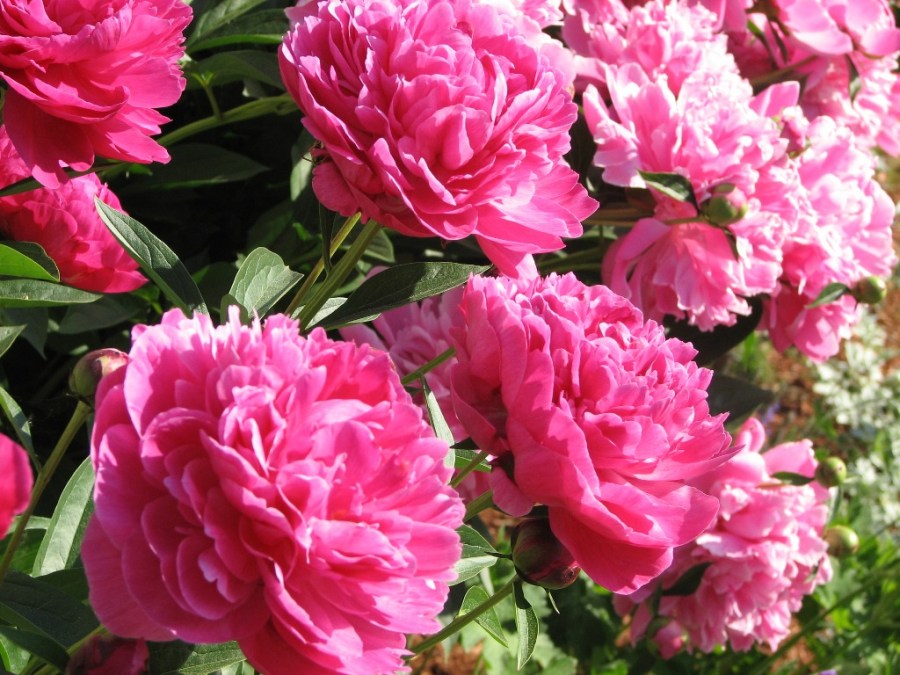
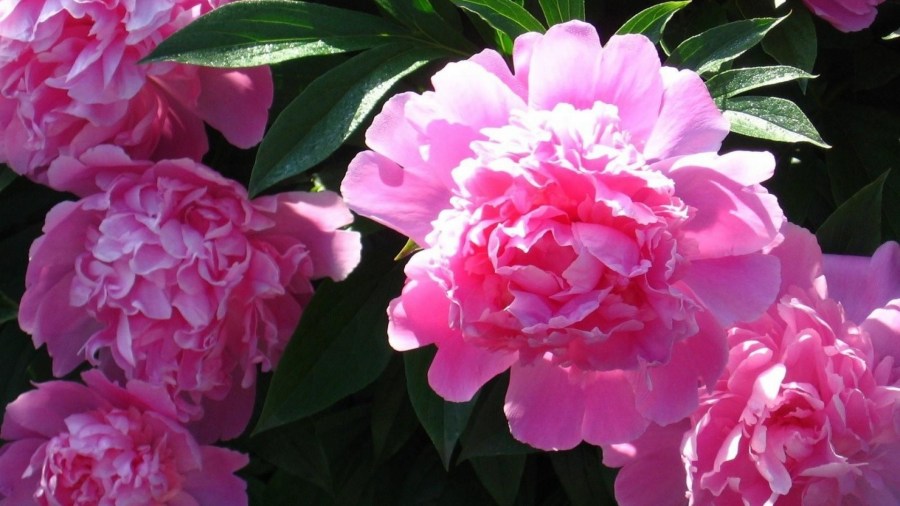
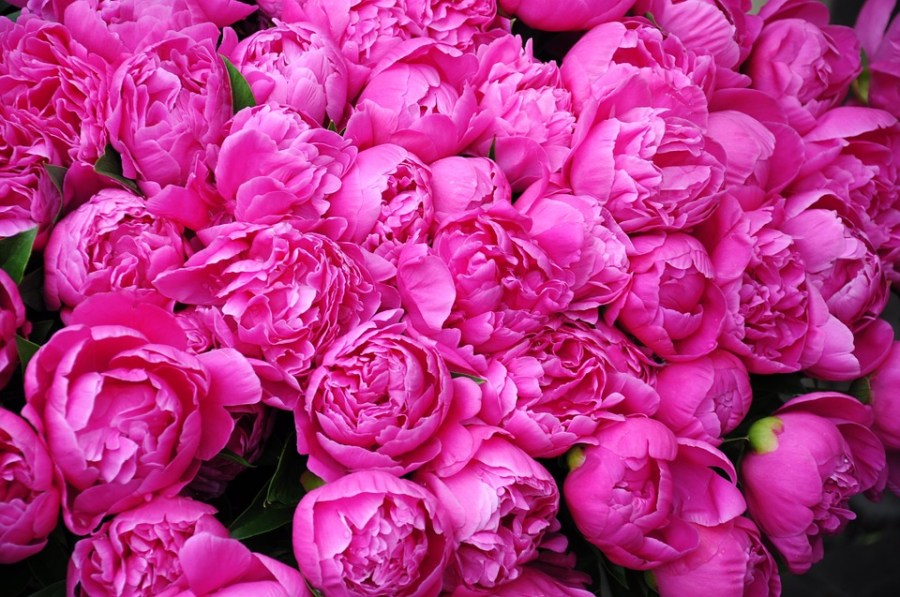
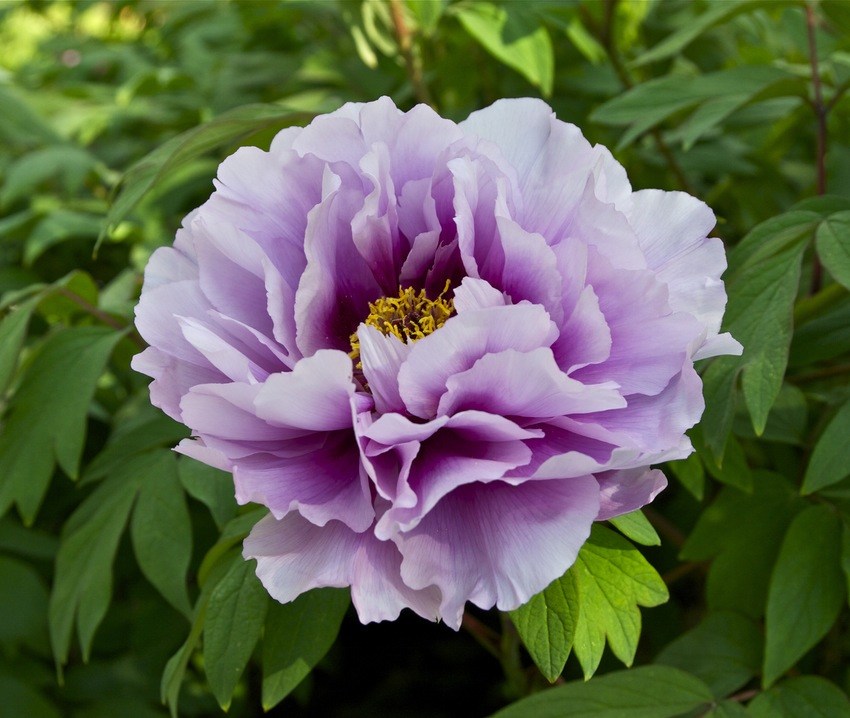
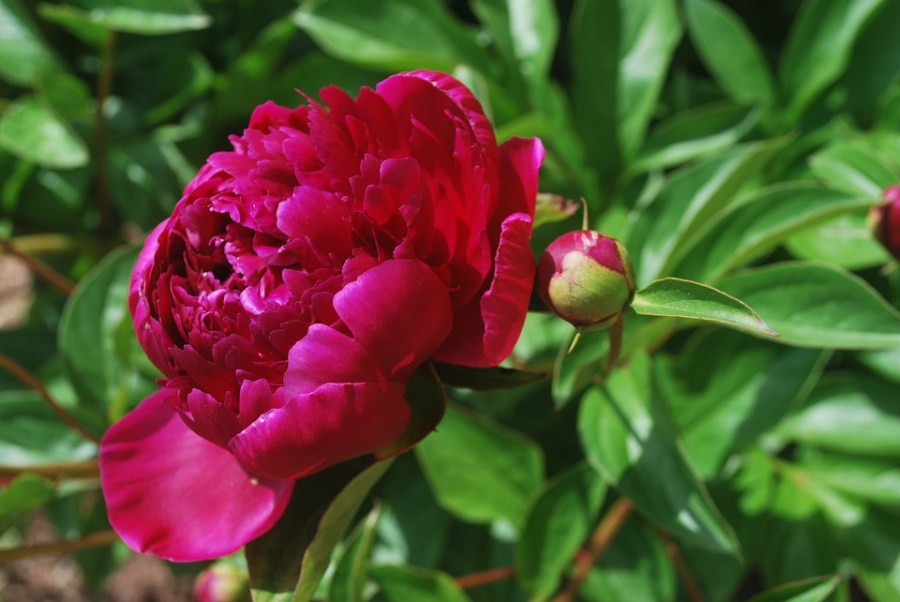
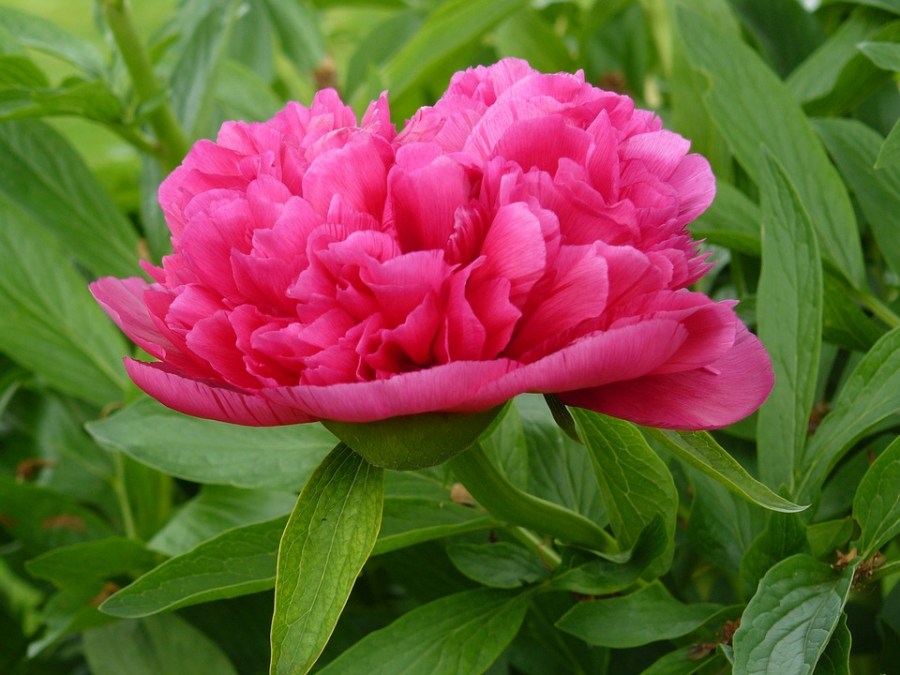
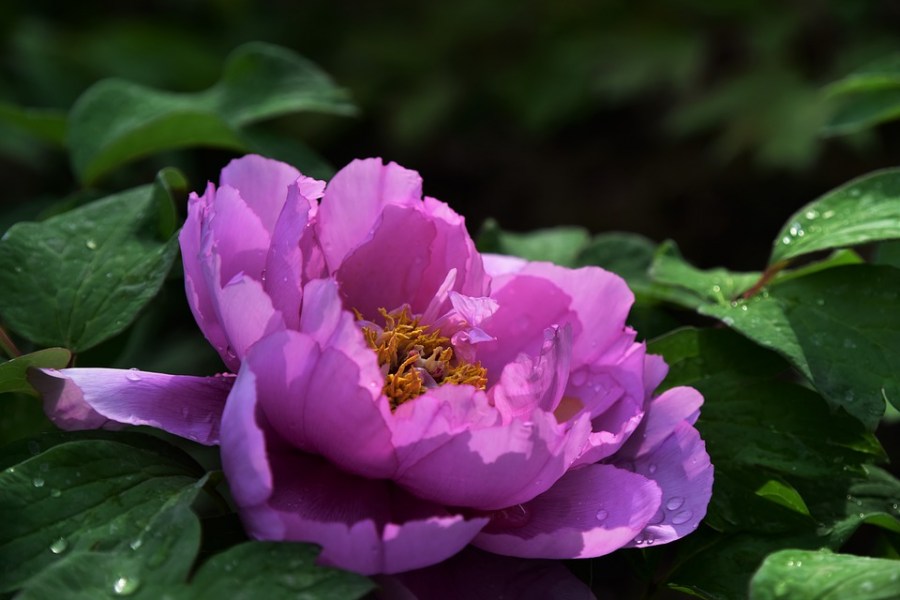


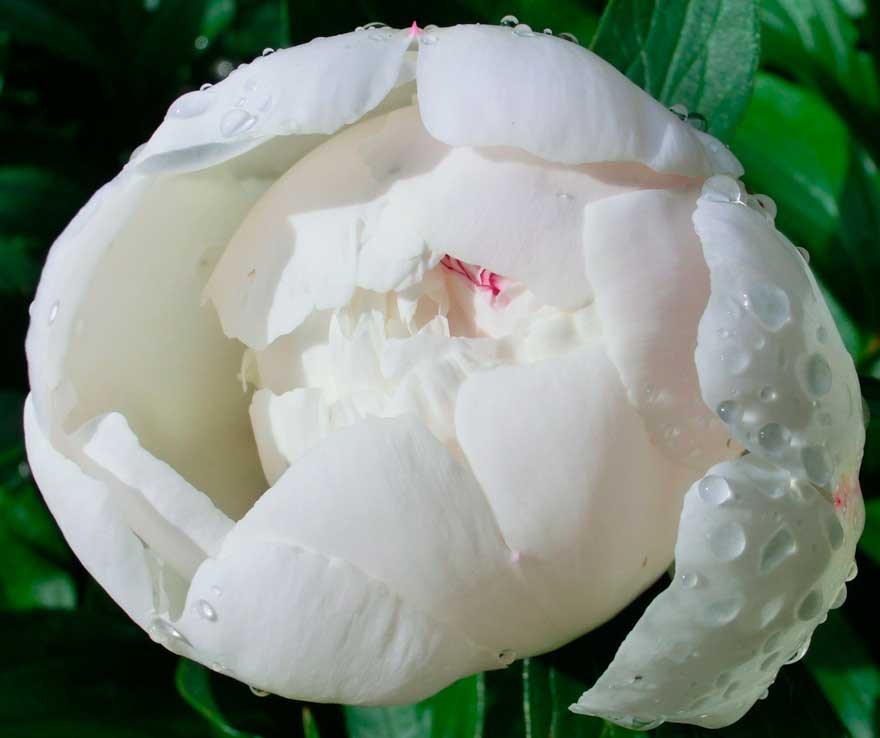
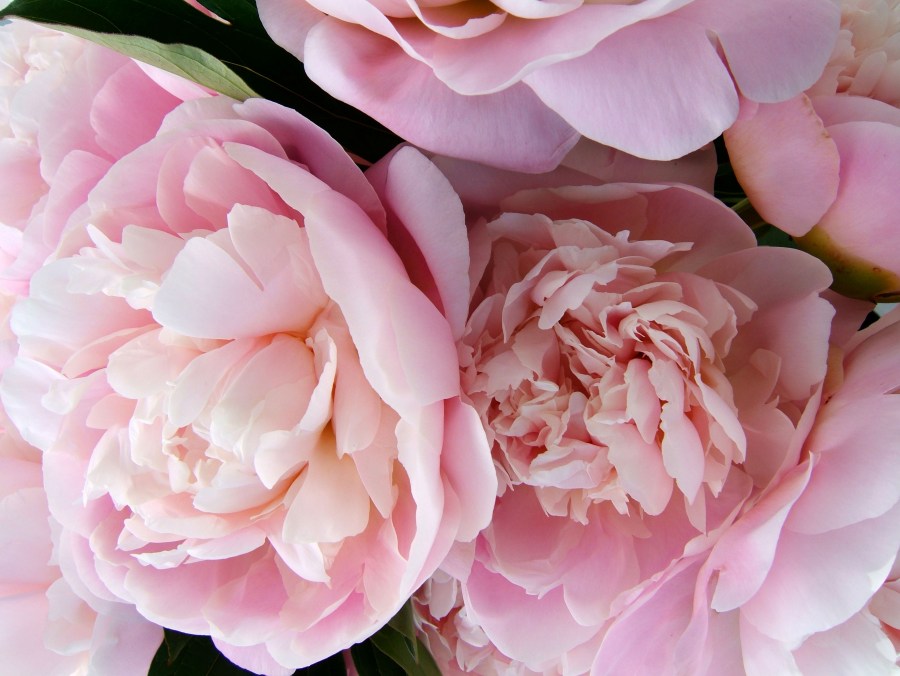
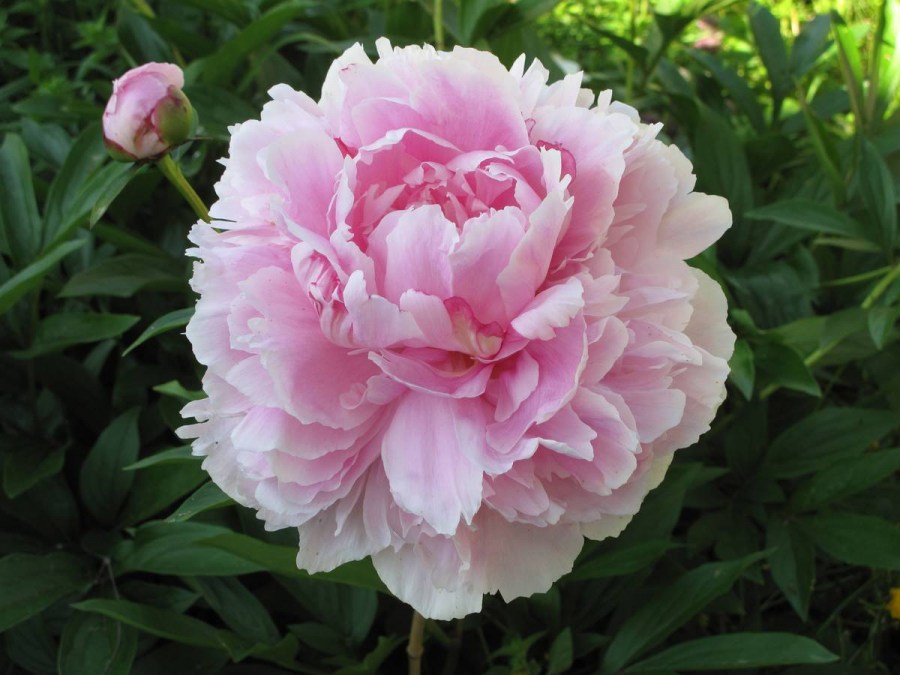

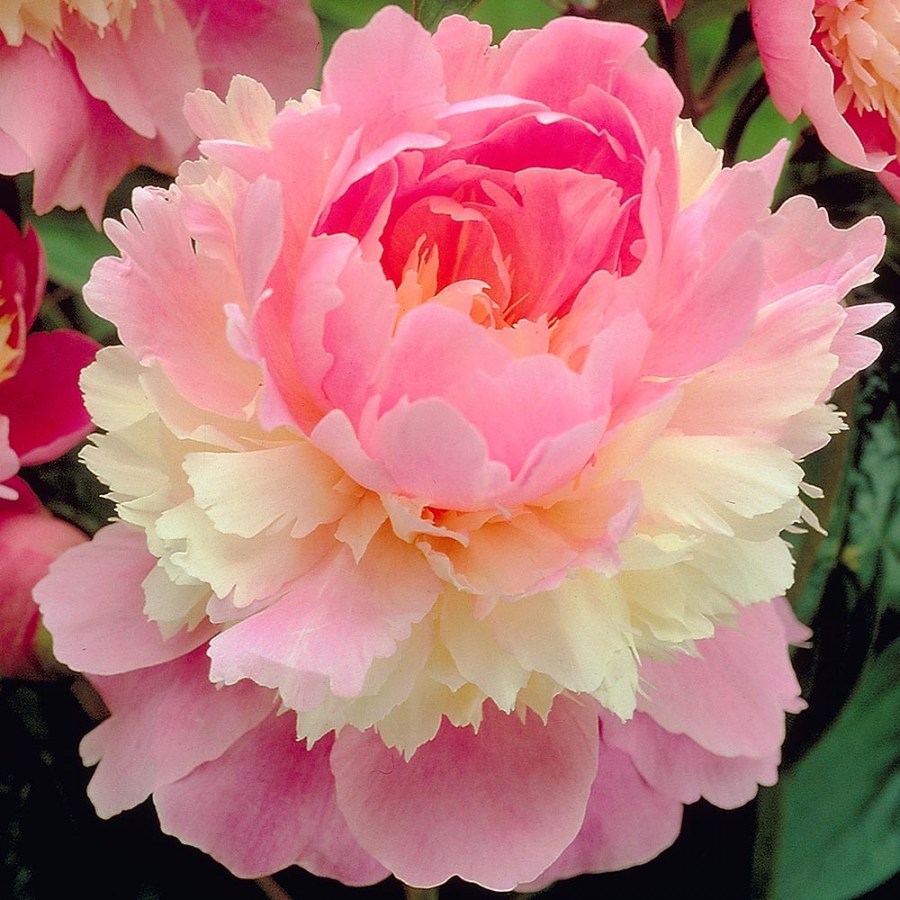
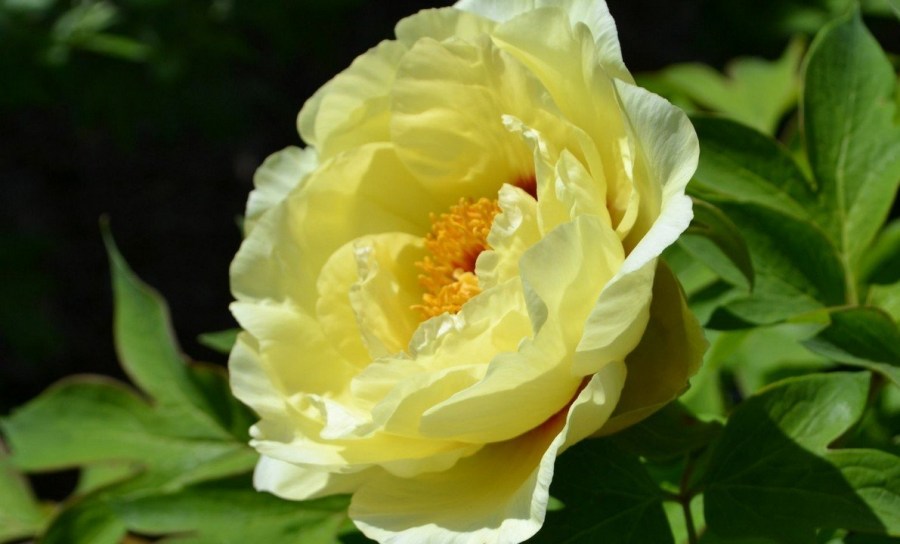
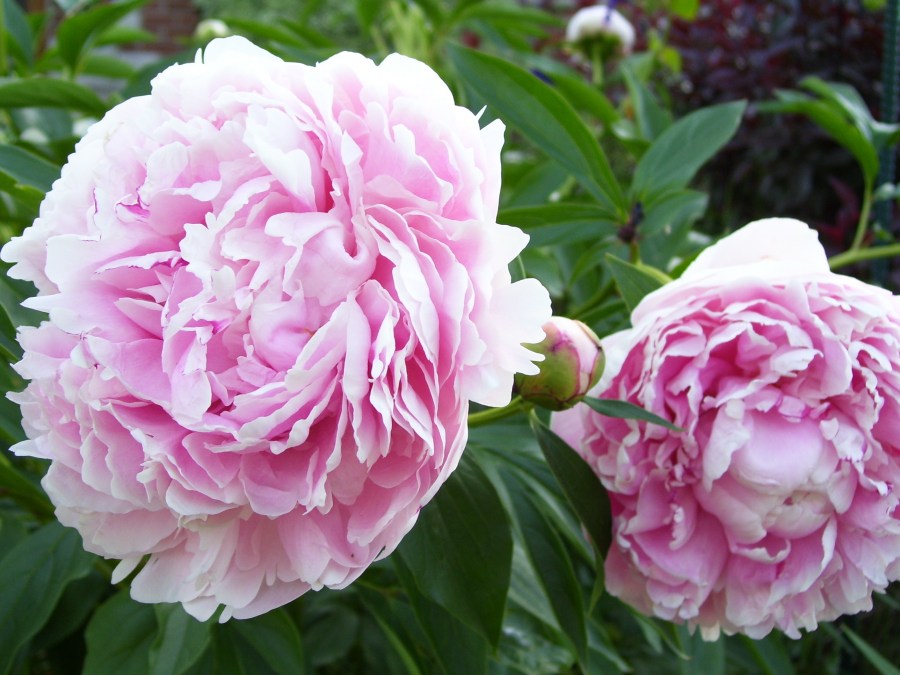
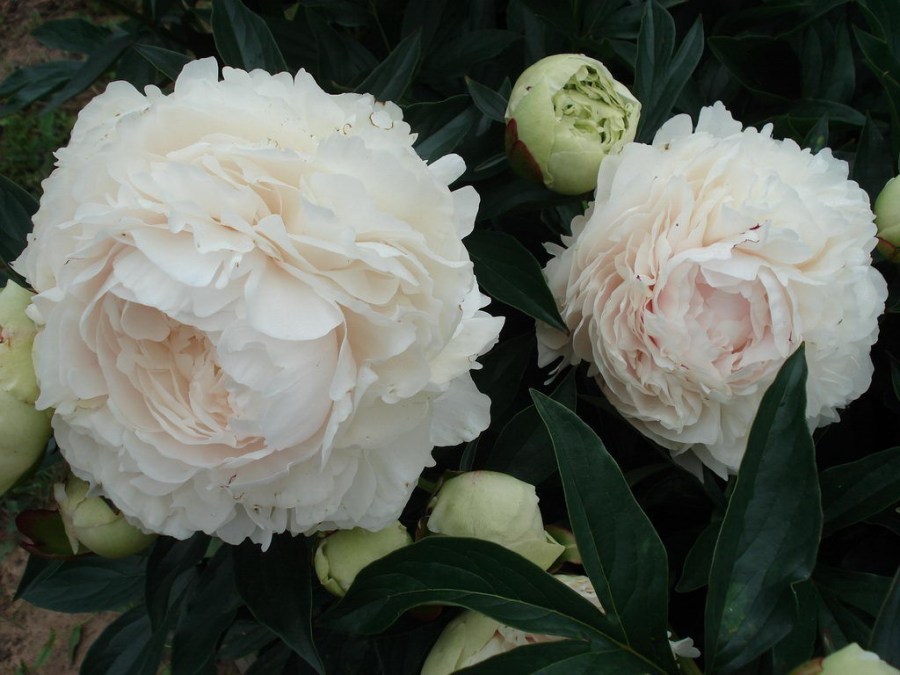
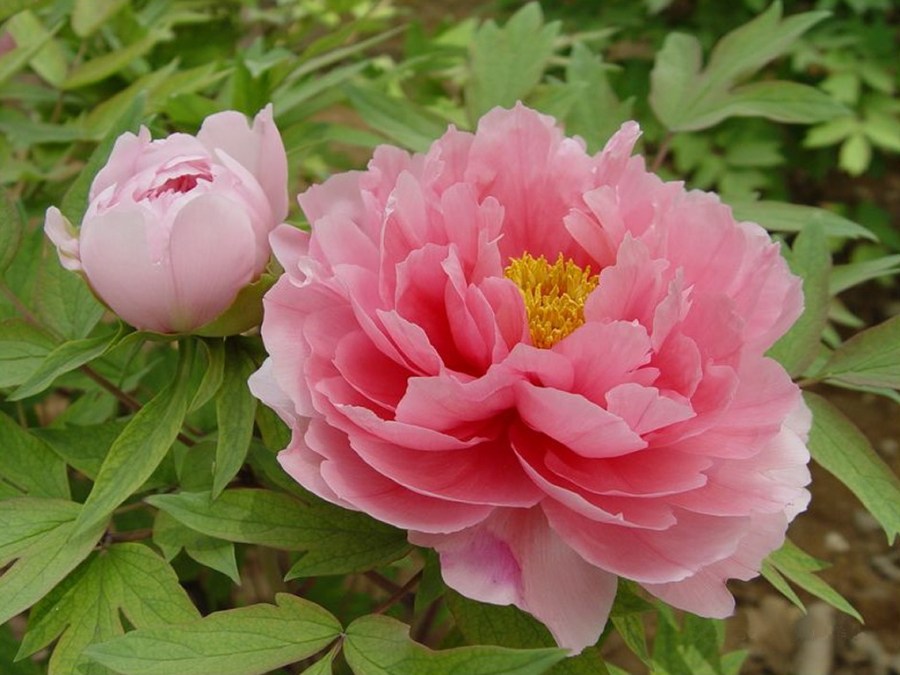
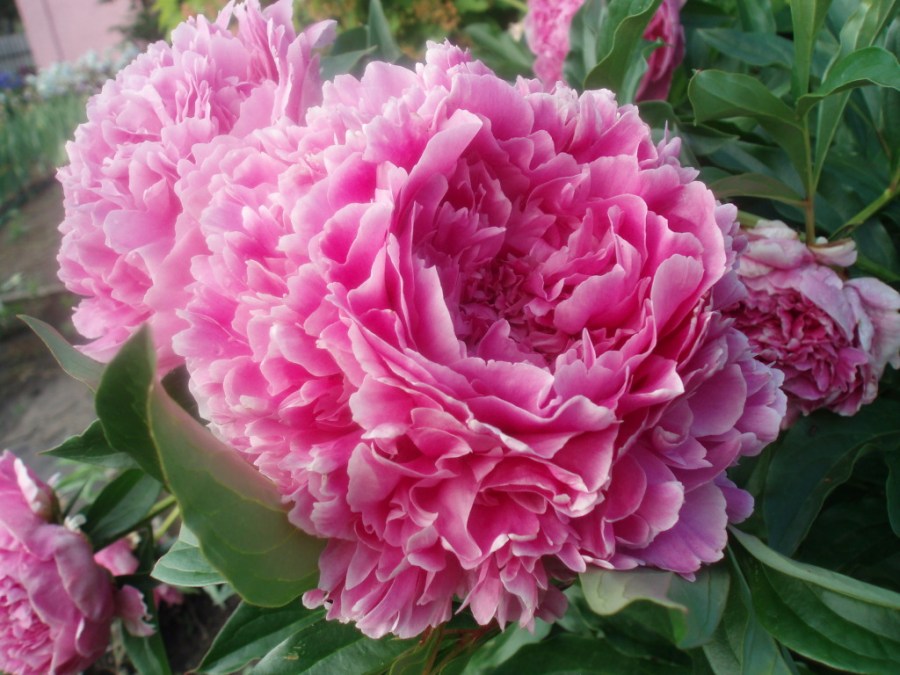
Ah, what a beauty. Peonies are my favorite flowers. But for some reason, they don’t take root at my cottage. Very sorry.